2021 B-to-B Dream Team
The marketers we'd hire if we started our own brand
In a year marked by uncertainty, one thing’s for sure: the b-to-b event marketing world is in good hands. As we spoke to the nine marketers honored in this, our sixth annual B-to-B Dream Team feature, it became apparent that amid the quick decision-making and hyper flexibility required during a historic period for the industry, top b-to-b event professionals were well-equipped to weather the storm.
Over the last year, the orders were tall and the timeframes were short for event marketers navigating a global pandemic. Among the many tasks at hand for our Dream Teamers: building and managing cross-functional teams, redefining roles, developing new content-delivery methods, championing diversity and inclusion, navigating the promises and pitfalls of virtual and hybrid events, adjusting to WFH life and readjusting as offices reopened.
But this year’s honorees will tell you that it’s been far from all doom and gloom. Some team members launched successful virtual events that will live beyond the pandemic. Some implemented more intentional event strategies that better targeted their intended audiences. And more than a few pointed to the opportunity to wipe the slate clean and just do things differently.
For Laura Bartley, senior director-marketing communications and events at Mohawk Industries, a canceled trade show afforded her organization the opportunity to rethink how to reach customers and ultimately paved the way for the Mohawk Momentum Roadshow. The program’s appointment-based platform provided “a more one-on-one interaction and a more quality experience, not just for our customers, but for our employees as a whole” and will continue serving as a key strategy for Mohawk at future in-person events, she says. “We realized that it’s a privilege to be in a room with our customers and to have their undivided attention and time.”
Yvette Banks, head of events and industry relations at TikTok, says creating a cutting-edge virtual client summit in a matter of five weeks further solidified her appreciation for the industry she serves. “I realized that in event marketing, it is not only about the successful outcome, it’s also about the tireless effort that goes into how hard you tackle every roadblock and hurdle that comes your way with grace and passion for something you love to do,” she says.
And looking ahead, Dan Preiss, senior director-global experiential events marketing at Dell Technologies, says a deeper understanding of the needs of the communities, stakeholders and attendees his company touches will dictate how the brand develops the right content for the right event format going forward.
Of course, their paths to event marketing are unique and their journeys through COVID-19 have differed, but wherever the road has taken them, our Dream Teamers’ passion for engaging b-to-b audiences and steadfast commitment to delivering experiences that move the needle for their brands is one and the same. And for that, we salute them. Congratulations, team.
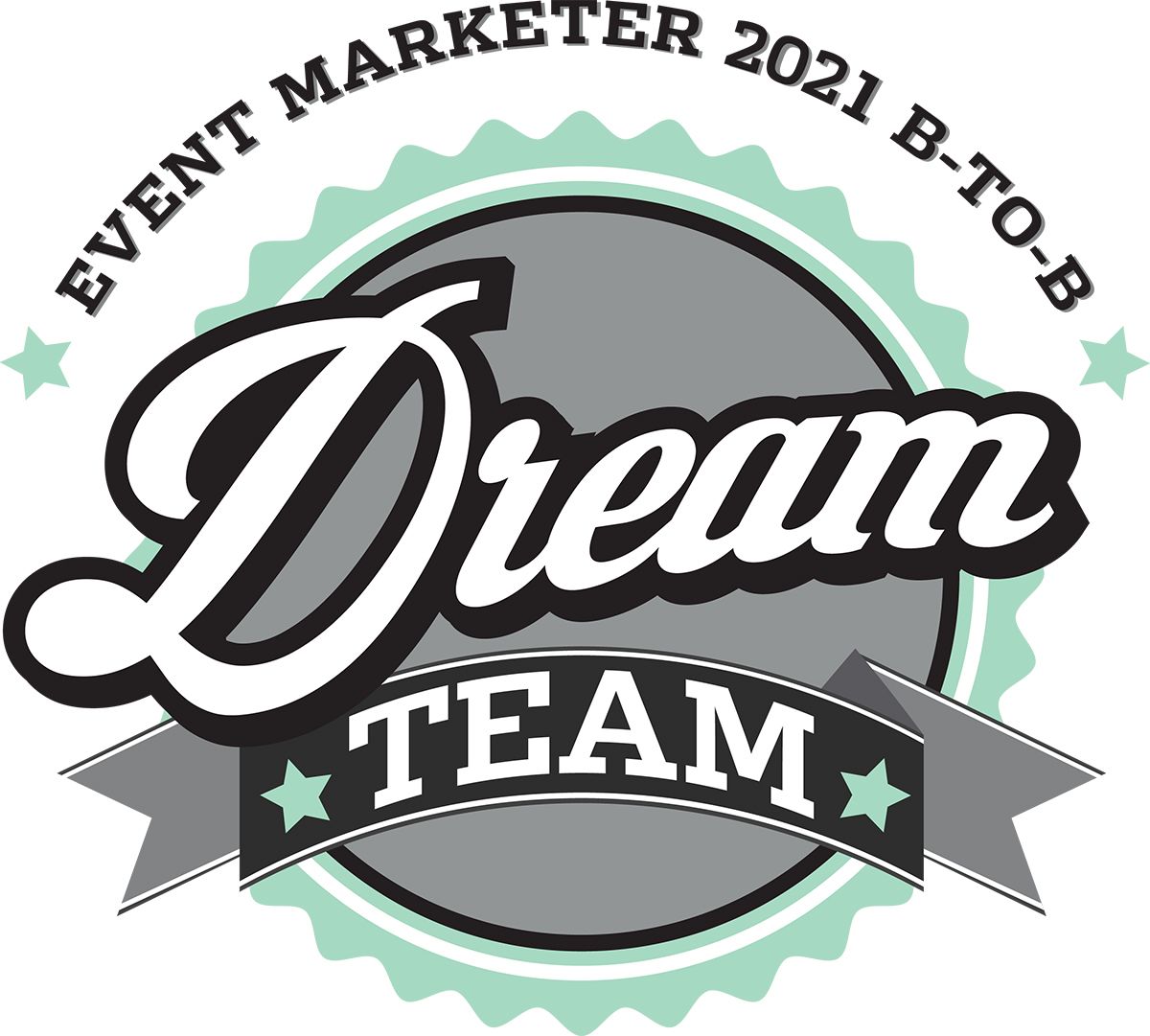
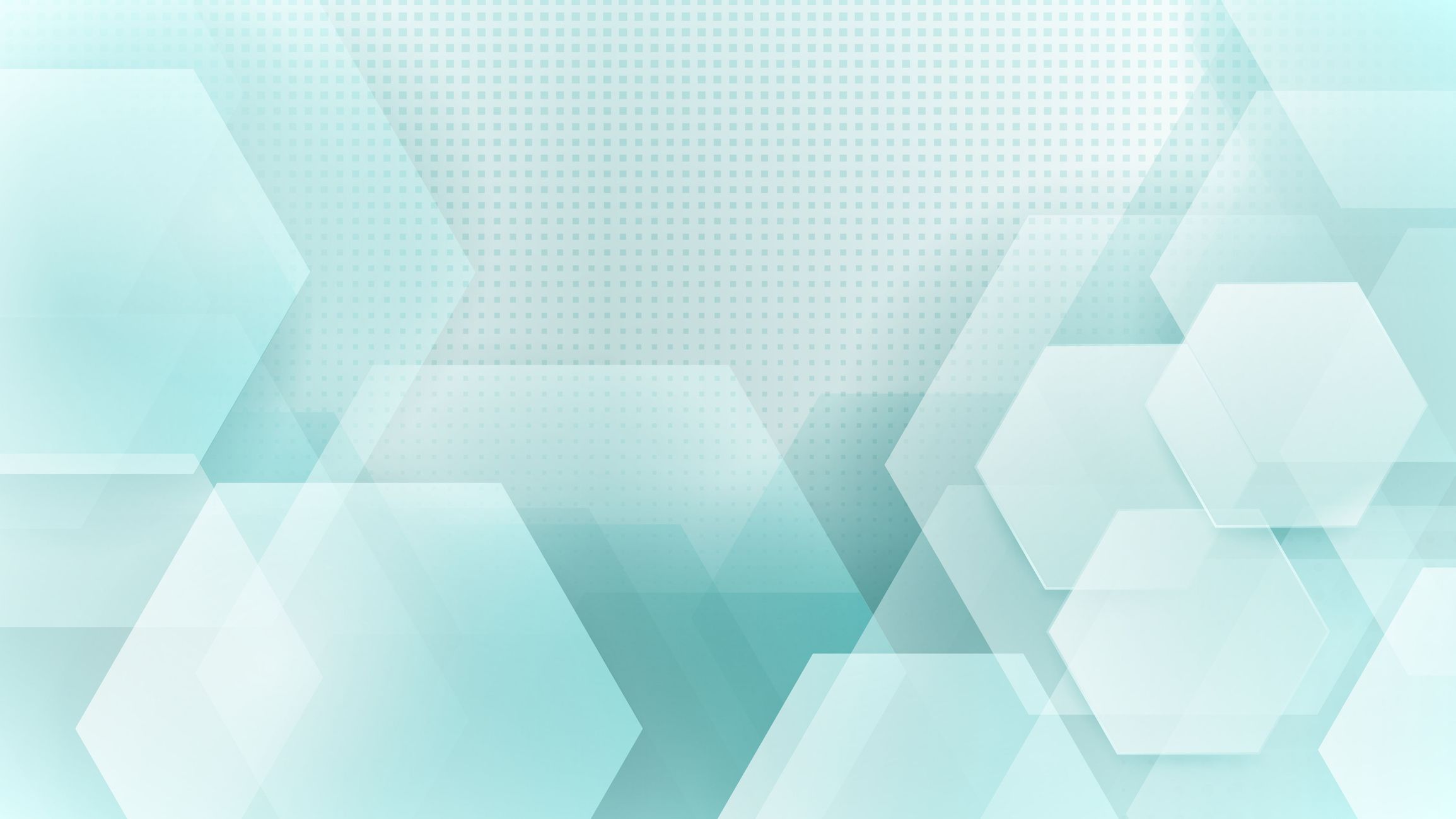
Soo Young Kim
YouTube
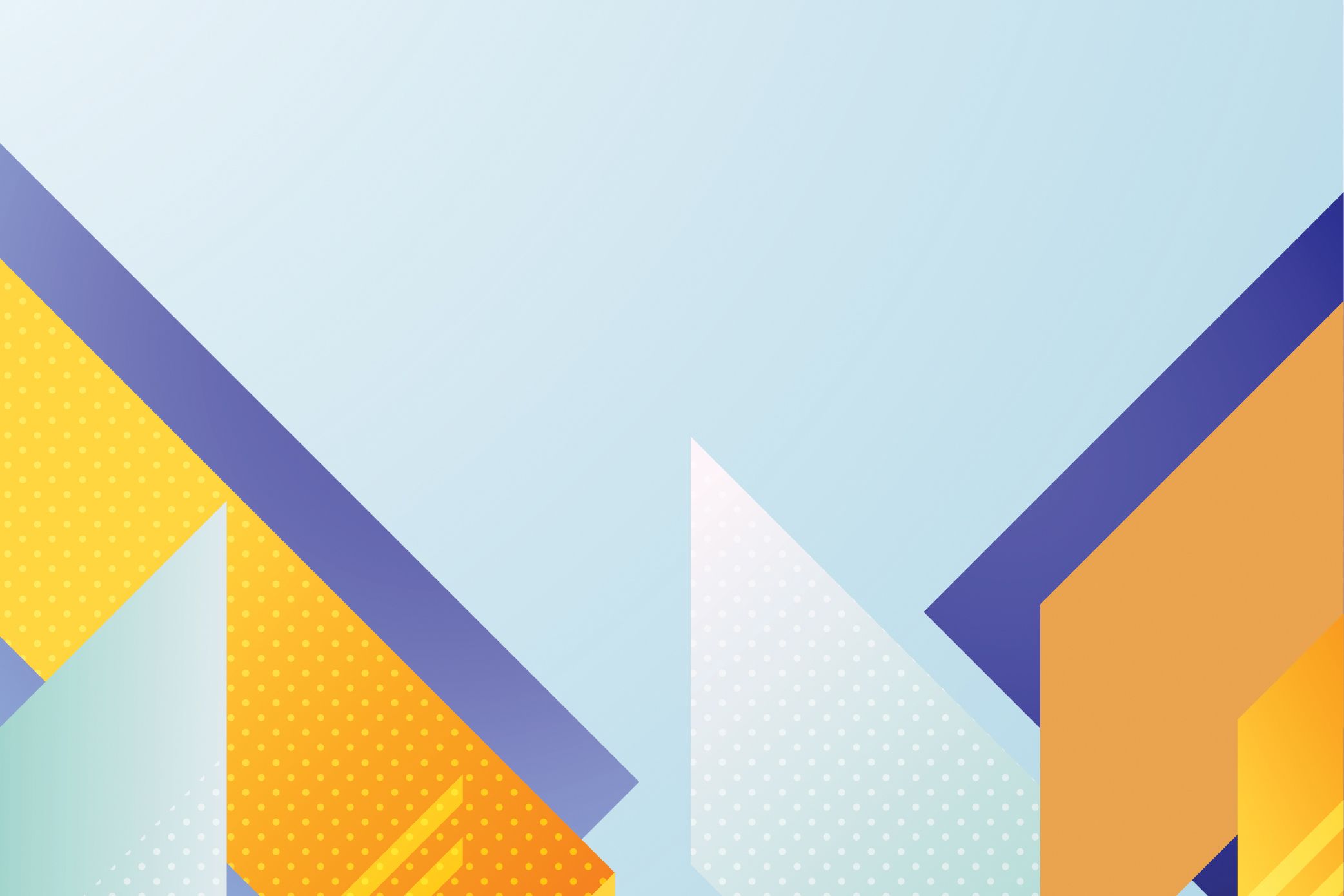
TEAM CAPTAIN
CURRENT TITLE: Head of Global Programs and Experiences
DREAM TEAM TITLE: CMO
WHY WE WANT HER: Pivoting YouTube’s largest event to digital, she launched Brandcast Delivered, the first-ever personalized NewFront experience, for thousands of media industry decision-makers.
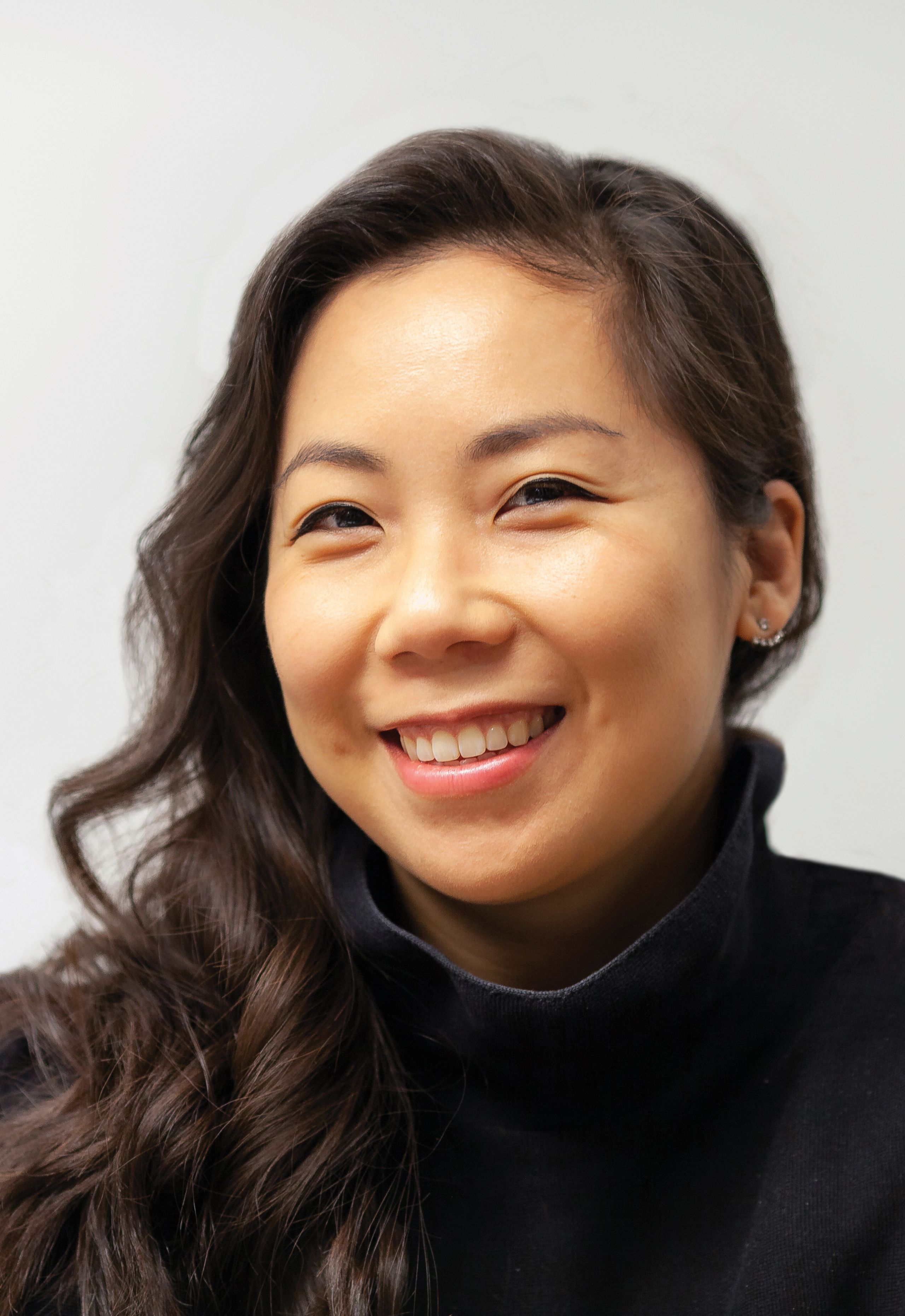
Event Marketer: What was the ‘aha’ moment that made you realize you were in the right industry?
Soo Young Kim: Early in my career I worked on integrated marketing campaigns for Samsung Electronics and I had the opportunity to work on the Olympic Torch Relay back in 2004 during my time at Cheil Worldwide. And it’s the moment where you see all of your planning come to life in a tangible, surround-sound way—you had the torchbearers who each had their stories. People were waving the flags that we had designed. We had vehicles wrapped with our branding. And we had a giant hero flip phone on the back of the truck. So it was really amazing to see it all come together tangibly. I think a lot of marketers will say that is what makes them so proud—to see their work out in the world and experienced by their intended audience.
EM: What is the event program you’re most proud of working on?
SYK: We had to pivot our largest event, Brandcast, which in years prior was a live show at Radio City Music Hall, to a digital event in a really short amount of time. And rather than lifting and shifting an event that would happen typically on stage, for digital we decided to rewrite our brief and say that we were going to reimagine this for digital-first. We felt that digital was an opportunity for us to do what YouTube does best—what you watch is a personal experience—so we brought that [personalization] from registration to the content to the physical box you got, which was personalized by the choices you made in your registration. We learned a ton. A lot of blood, sweat and tears went into it.
"I’ll never forget the leadership lessons I learned about being an empathetic leader, championing for inclusion, leading a team through the adjustment from working from home and lots of uncertainties."
EM: What are the biggest challenges facing b-to-b marketers right now?
SYK: As the world reopens, I think b-to-b event marketers are going to have to plan for more than one scenario. And tactically, that means brands are going to have to make it worth it to be in person. I also think that there will be an expectation that everything physical will have a digital component to it. And for digital events, I think it’s going to be harder and harder to stand out among the many events that will be around. As a global lead, I think about how those scenarios might be different by market as well, and applying judgment around what we think will be the right decision. So that scenario planning is going to be important.
EM: What are the key lessons you’ve learned about hosting virtual events this past year?
SYK: Number one is customer insights—understanding your customers, what they’re thinking and feeling right now, understanding your users as human beings. Second, it’s really important to think about what kind of resourcing you need in order to pull off a reimagined digital event because different skillsets and ways of working are needed. And lastly, virtual events still take a lot of work. It takes a village. It was a tough year for the world, but also for our team, and I’ll never forget the leadership lessons I learned about being an empathetic leader, championing for inclusion, leading a team through the adjustment from working from home and lots of uncertainties.
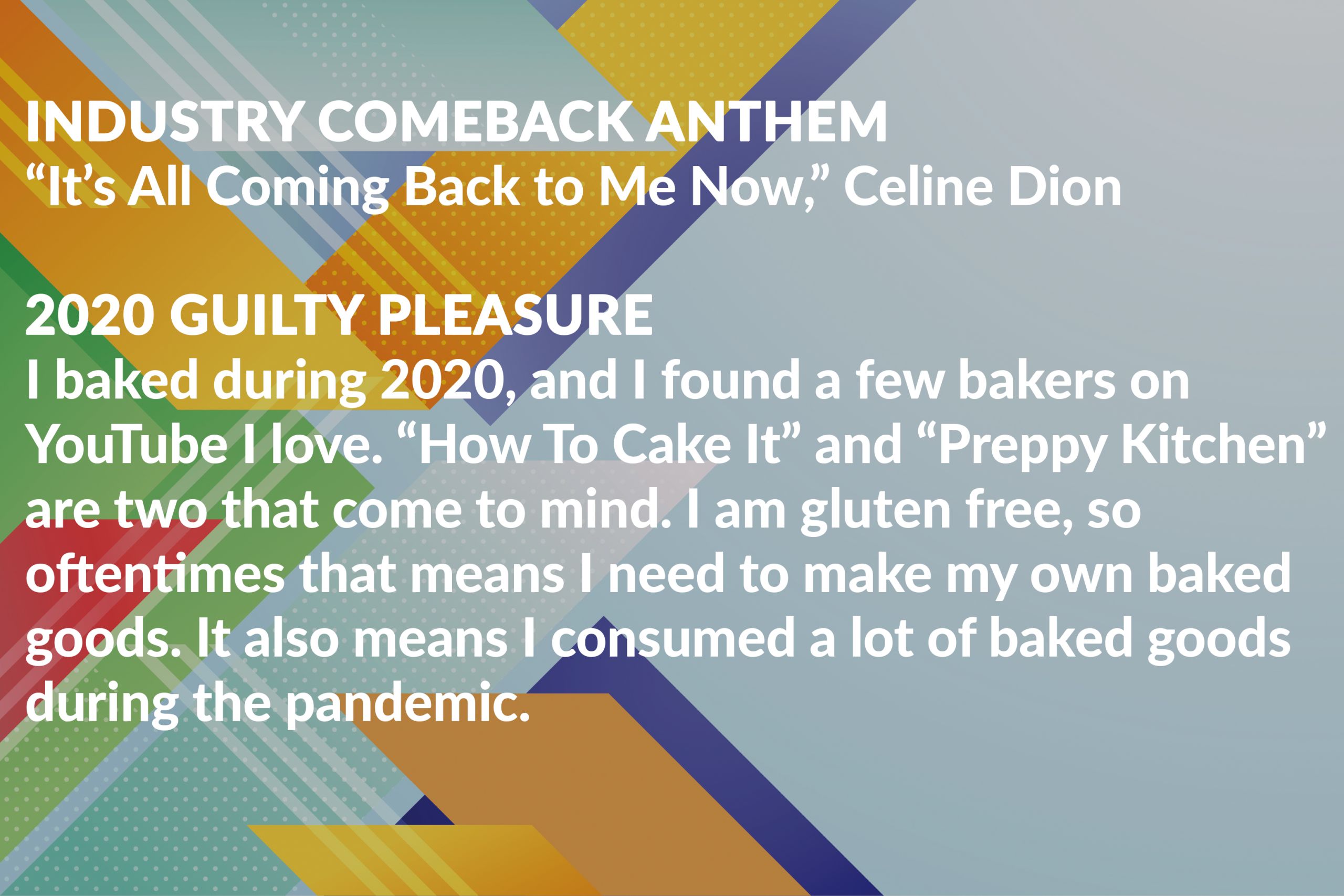
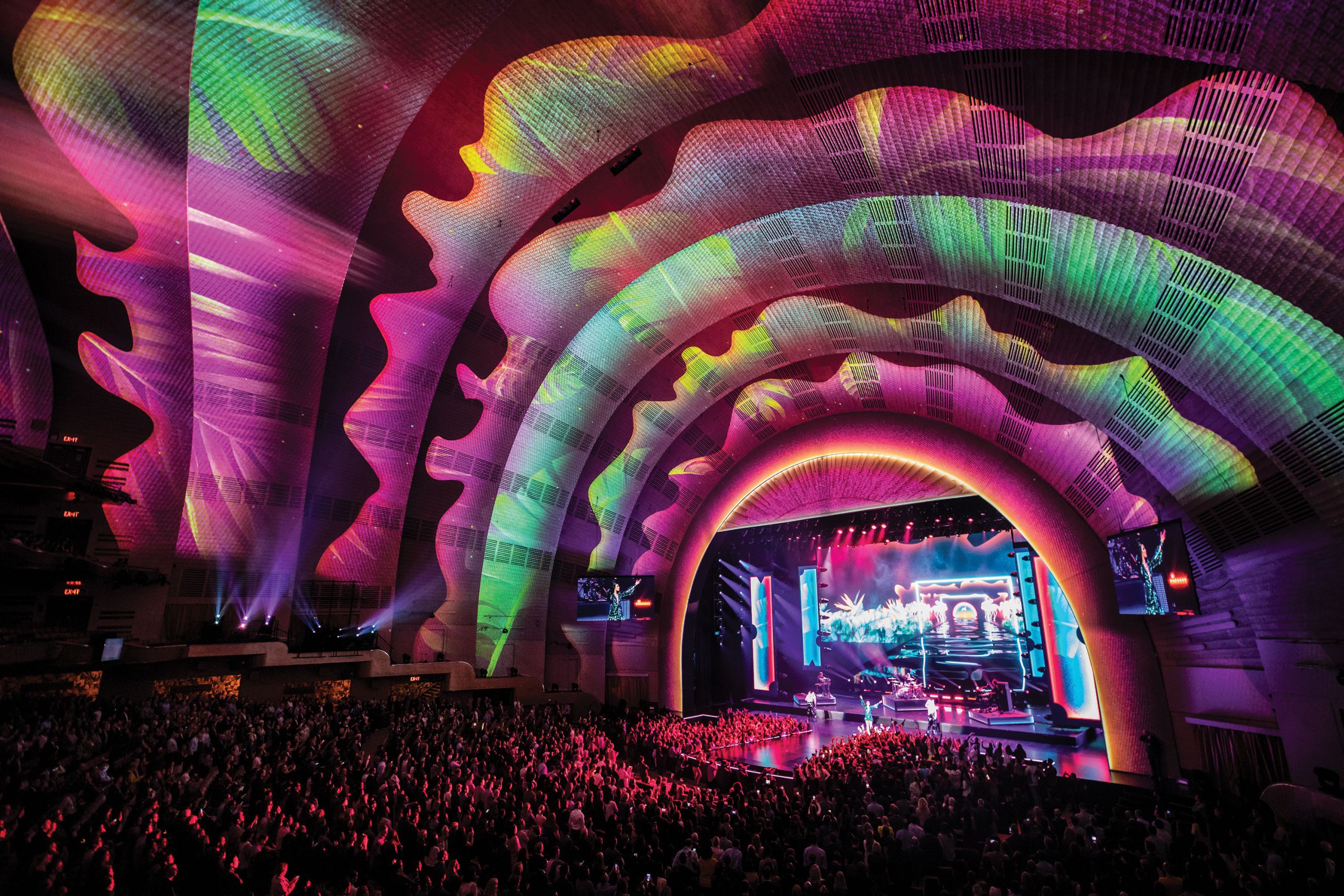
YVETTE BANKS
TikTok

CURRENT TITLE: Head of Events and Industry Relations
DREAM TEAM TITLE: SVP-Customer Engagement
WHY WE WANT HER: Fearless and culture-forward, she drove the launch of TikTok’s #ForYouniverse, a multi-service virtual platform featuring content and events built for brands and agencies.
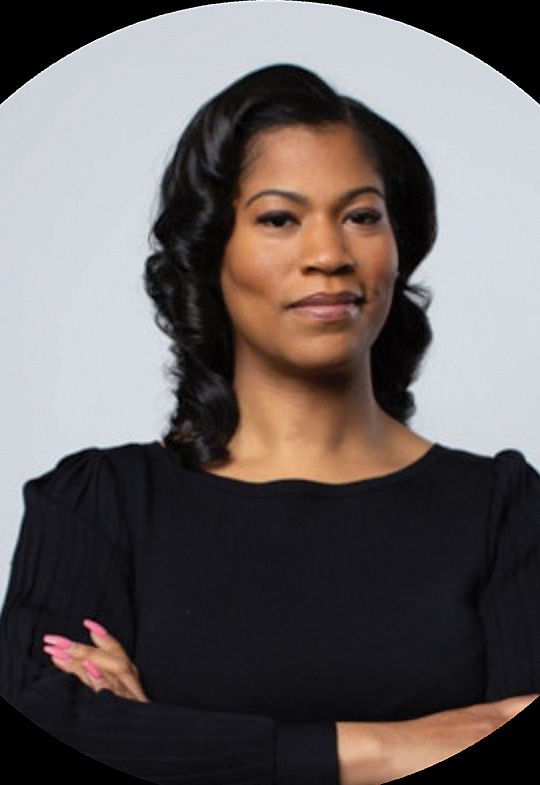
Event Marketer: What are your thoughts on hybrid? Is it the event format of the future?
Yvette Banks: Absolutely. Virtual will never replace the ability to bring people together in real life to network and build relationships, but it creates a new avenue that allows attendees to experience and attend some of your most prominent events that they may not have been afforded the opportunity to attend in the past. This also gives these same events the opportunity to open a whole new stream of income and expand their attendee view.
EM: What are the biggest challenges facing b-to-b marketers right now?
YB: Creating an environment that makes clients feel safe and secure enough to return to IRL events. The reality is even with the best COVID policy and procedures there will still be a lot of uncertainty, and companies have to protect their employees no matter what.
"It is not only about the successful outcome, it’s also about the tireless effort that goes into how hard you tackle every roadblock and hurdle that comes your way with grace and passion for something you love to do."
EM: Has the industry’s emphasis on diversity and inclusion impacted your event strategies?
YB: At TikTok we are culture drivers. We are in a position to set new standards in making sure that all ethnicities, genders and sexual orientation groups are wholly represented in everything we produce so that our brand shows up at events as an inclusive partner to everyone, just like our community platform.
EM: What was the ‘aha’ moment that made you realize you were in the right industry?
YB: This past February, I and an awesome cross-functional team created one of the most cutting-edge and innovative virtual client summit experiences in only five short weeks. That aha moment came when it was all said and done and I had a moment to reflect on our successful event. I realized that in event marketing, it is not only about the successful outcome, it’s also about the tireless effort that goes into how hard you tackle every roadblock and hurdle that comes your way with grace and passion for something you love to do.
EM: What is the event program you’re most proud of working on?
YB: Building our virtual platform called the #ForYouniverse. Like everyone else, we were faced with the challenge of presenting content in a way that did not feel like another virtual meeting. After spending time talking to our sales teams and executives to learn more about their needs, we began to ideate around what a multi-service venue would look like in a virtual format. Through that ideation, the #ForYouniverse was created. It embodies TikTok’s culture and has many different capabilities to give our clients an unforgettable experience. We not only reimagined what a virtual event and experience could be, we really redefined how to keep attendees engaged and immersed in TikTok’s culture.
EM: How has the pandemic changed your approach to building b-to-b experiences?
YB: We have had to redefine virtual experiences and what our engagement approach looks like. Virtual experiences can feel very disconnected if you do not bring certain elements in to keep attendees engaged. Even though we do a lot of
pre-recorded produced segments, we like to make sure we bring a lot of live elements like djs opening and closing a session with high energy and vibes, a live comedic host keeping the audience entertained or even creating smaller one-to-few entertainment sessions, like learning a tie-dye trend from a TikTok creator.
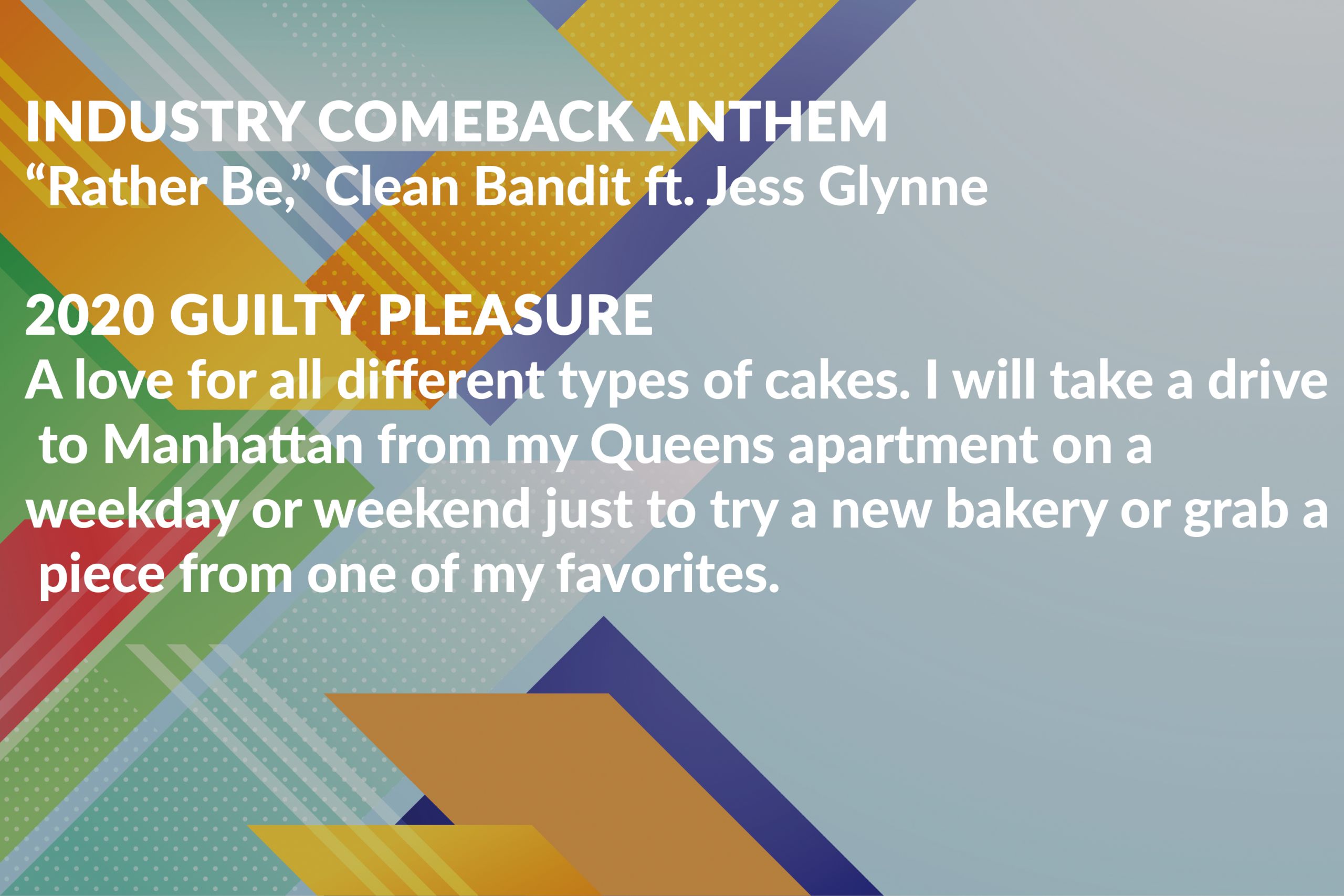
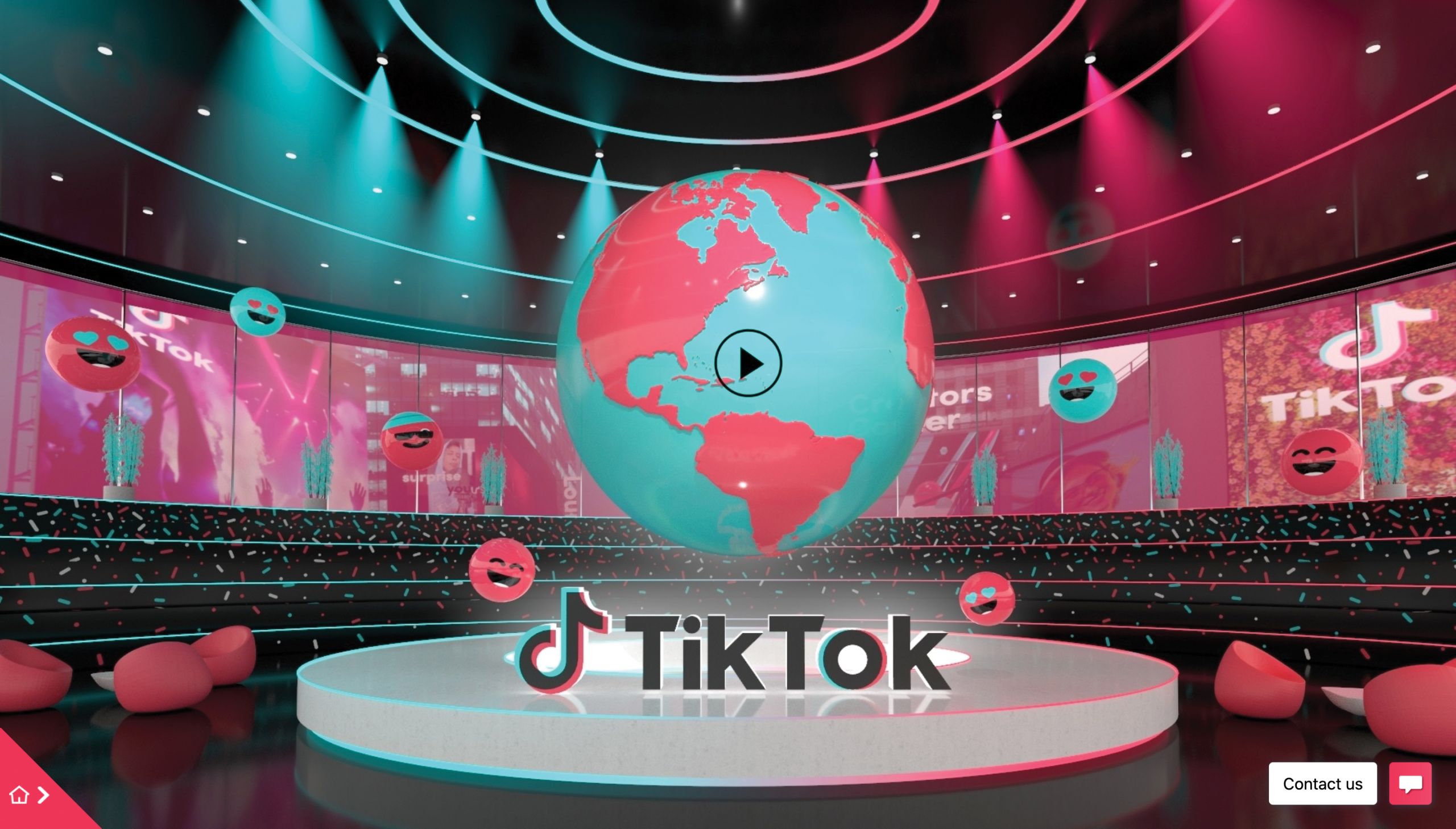
TERESA TERASAKI

CURRENT TITLE: Program Manager for Brand, Experience, and Events at Open Source Program Office
DREAM TEAM TITLE: VP-Global Brand Marketing
WHY WE WANT HER: While the world sheltered in place, she built Google Open Source Live, an ongoing virtual event series that engages a global network of top-tier developers from 107 countries.
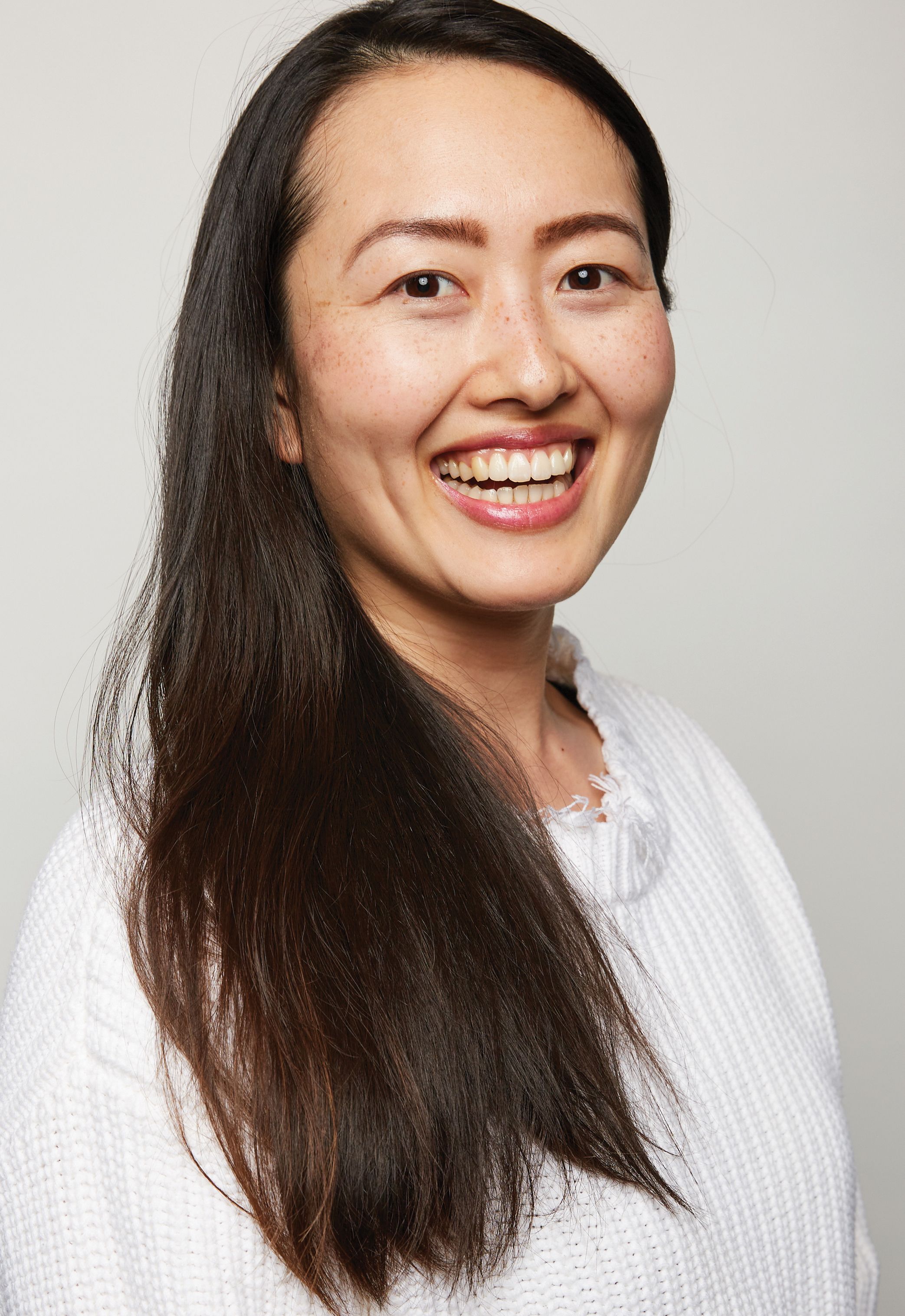
Event Marketer: What are the biggest challenges facing b-to-b marketers right now?
Teresa Terasaki: Some businesses or industries are suffering heavily during the pandemic and we have to be mindful and help them recover from it. Some companies may not allow their employees to travel to attend our events anymore. Attendees may not be comfortable attending a mega-size event. We need to create opportunities for them to attend online or host small local events for them to compensate for their needs so that they won’t miss out from not attending our main events.
EM: What was the ‘aha’ moment that made you realize you were in the right industry?
TT: I started out at an investment bank, and their headquarters was in New York and I was in the Tokyo office and it was the hardest moment of my entire career. I thought a job was something you have to do and not what you love to do. Then I joined Google as an account manager. I enjoyed most of it but I wanted to explore outside of the sales org. Then I moved to another role in a different org—this is the time I stepped into the event marketing world. And from day one, I started to feel that this is my calling. I didn’t feel like it was my real job; I do what I love for a living. I tend to forget to keep track of time. What I had experienced during the pre-marketing career has brought me different perspectives and skillsets. And now that is my leverage.
EM: What are your thoughts on hybrid? Is it the event format of the future?
TT: After all events moved into virtual, we learned that some people strongly prefer in-person events over virtual events, but some people actually prefer virtual events. And it was good that we could identify those needs. So if we move on to hybrid events, we need to compensate for what virtual events are lacking. We may want to create an extra chat room where virtual attendees can talk to each other and share comments while the livestream is happening. Or if we are distributing swag to 500 attendees at an in-person event, we may want to consider shipping to 500 top livestream viewers at the virtual event. We may want to distribute food delivery discount codes for our virtual attendees so that their lunch can be taken care of and they can focus on the event itself. So we have to make sure both attendees in person and virtual can enjoy and fully maximize their experience.
"What I had experienced during the pre-marketing career has brought me different perspectives and skillsets. And now that is my leverage."
EM: What are the key lessons you’ve learned about hosting virtual events this past year?
TT: We identified two elements we should focus on. One is design. All user touchpoints require a digital design asset. Design assets become the face of the event and play an important role more than ever, so we pivoted to design-centric experiences. And another important element is recording. You need the best production team for recordings and livestreaming, who can accommodate flexibility and a quick turnaround. So you need the best producer, the best editor, the best schedule coordinator and the best recording platform.
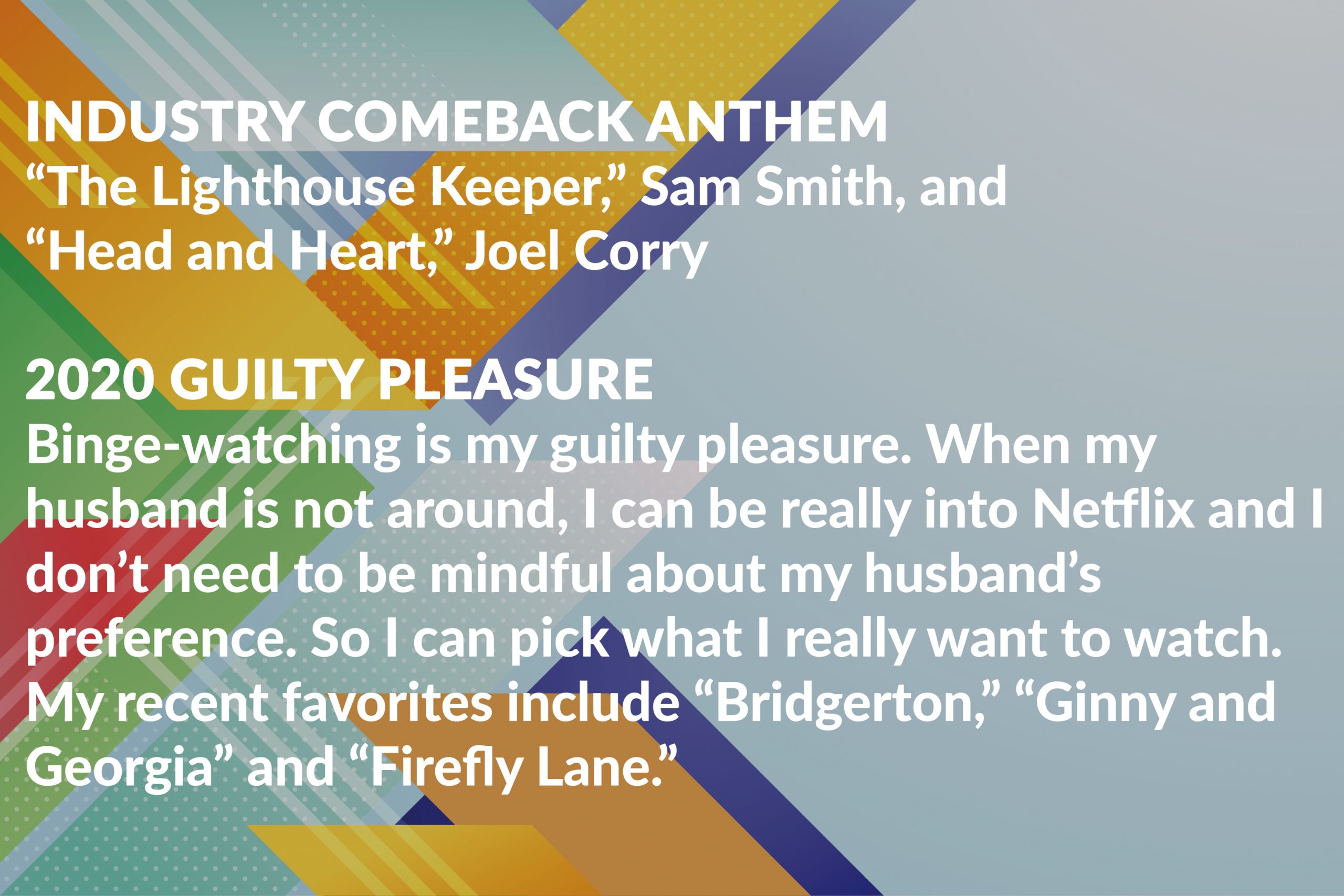
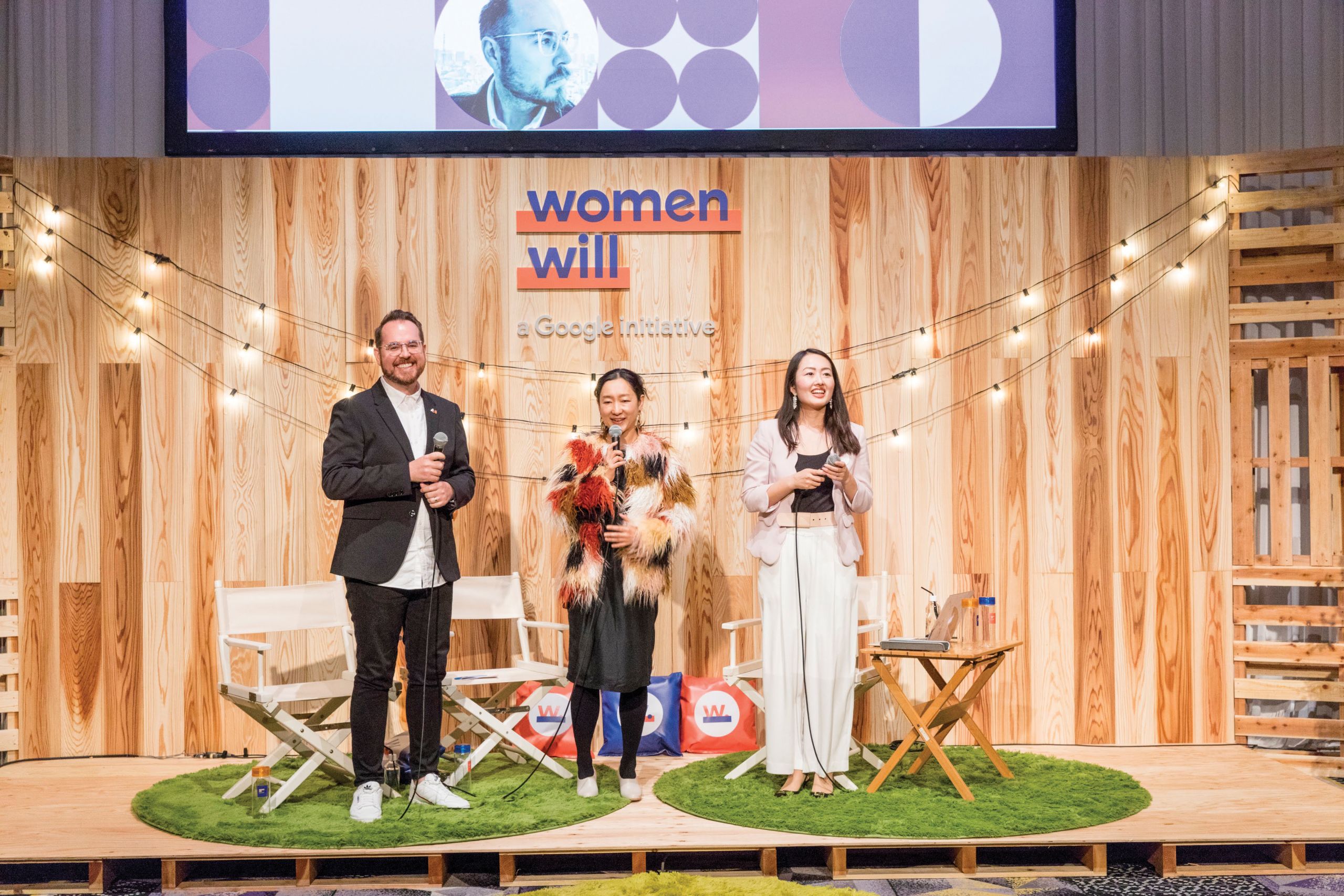
DAN PREISS
Dell Technologies

CURRENT TITLE: Senior Director, Global
Experiential Events Marketing
DREAM TEAM TITLE: VP-Global Conferences
WHY WE WANT HIM: When Dell and EMC
Corporation merged, he led the fusion of their massive user conferences into today’s renowned Dell Technologies World, the brand’s largest annual event.
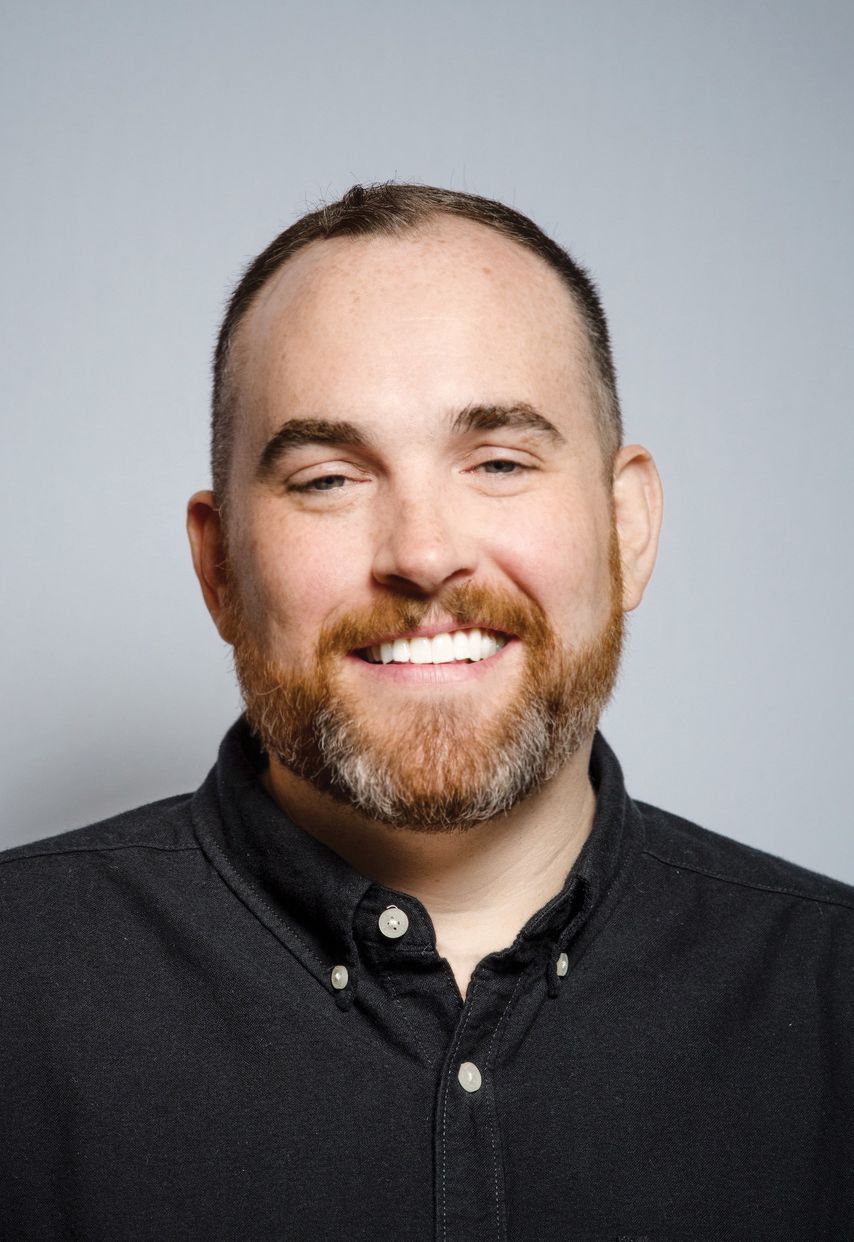
Event Marketer: What are your thoughts on hybrid? Is it the event format of the future?
Dan Preiss: In the tech industry, most in-person events have had a digital component for many years, even if it wasn’t terribly robust. As we move forward, it’s becoming clear that hybrid events will likely cost double—I’m not sure how viable that will be, and if the term ‘hybrid’ will survive very long. As we emerge from the pandemic, I think we will need to be thoughtful of how attendees will want to consume content. For example, online training is even more viable now, so maybe running 500 breakouts at an in-person event will no longer make good business sense. We all need to ask ourselves, when we bring our communities together physically again, what’s the benefit to the attendee?
EM: Where are the biggest opportunities for b-to-b marketers right now?
DP: As an industry, we have a huge opportunity to intentionally deploy technology to create a frictionless experience for our in-person and virtual attendees. For example, I’m really excited to see how a two-screen experience can bring the event to life for a variety of attendee types: for in-person attendees, in-room screen and mobile app; for virtual attendees, their monitor and mobile app.
EM: What are the key lessons you’ve learned about hosting virtual events this past year?
DP: One obvious lesson: keep it short. Build content in modular formats with your attendee personas in mind. This takes discipline and requires the fortitude to ask, ‘are we talking to ourselves?’ Our current guidance is that you lose people after 16 minutes and that number will likely continue to drop.
"We all need to ask ourselves, when we bring our communities together physically again, what’s the benefit to the attendee?"
EM: How do you see events becoming less wasteful and more sustainable?
DP: Think about how people engage on the trade show floor. Even in 2019, there were still the vendors, partners, sponsors handing out physical printed pieces. I really think that this pandemic has changed the priorities and, listen, I think
t-shirts and things like that are great, and I’m sure there’ll be some desire for some of that stuff. But it really forces you to be thoughtful around what are we trying to achieve?
EM: How has the pandemic changed your approach to building b-to-b experiences?
DP: Like most organizations, we have completely rethought our approach. We learned quickly that you can’t simply lift and shift events from in-person to virtual formats. We took the time to understand the evolving needs of our communities, stakeholders and attendee personas. Now, we continue to use this intelligence to drive how we develop the right content for the appropriate format.
EM: How do you see b-to-b networking opportunities evolving?
DP: It’s probably an understatement to say that virtual events have struggled to replicate in-person networking experiences. I believe that the code hasn’t yet been cracked, and I see a huge opportunity to make this happen when we bring together in-person and virtual audiences for multidimensional event programs in the coming years. Now, in the shorter term, the first wave of in-person events will clearly need to observe some degree of social distancing, regardless of attendee vaccination status, and absolutely should take cues from other sectors that have been successfully doing this for more than a year, including the retail, travel and healthcare industries.
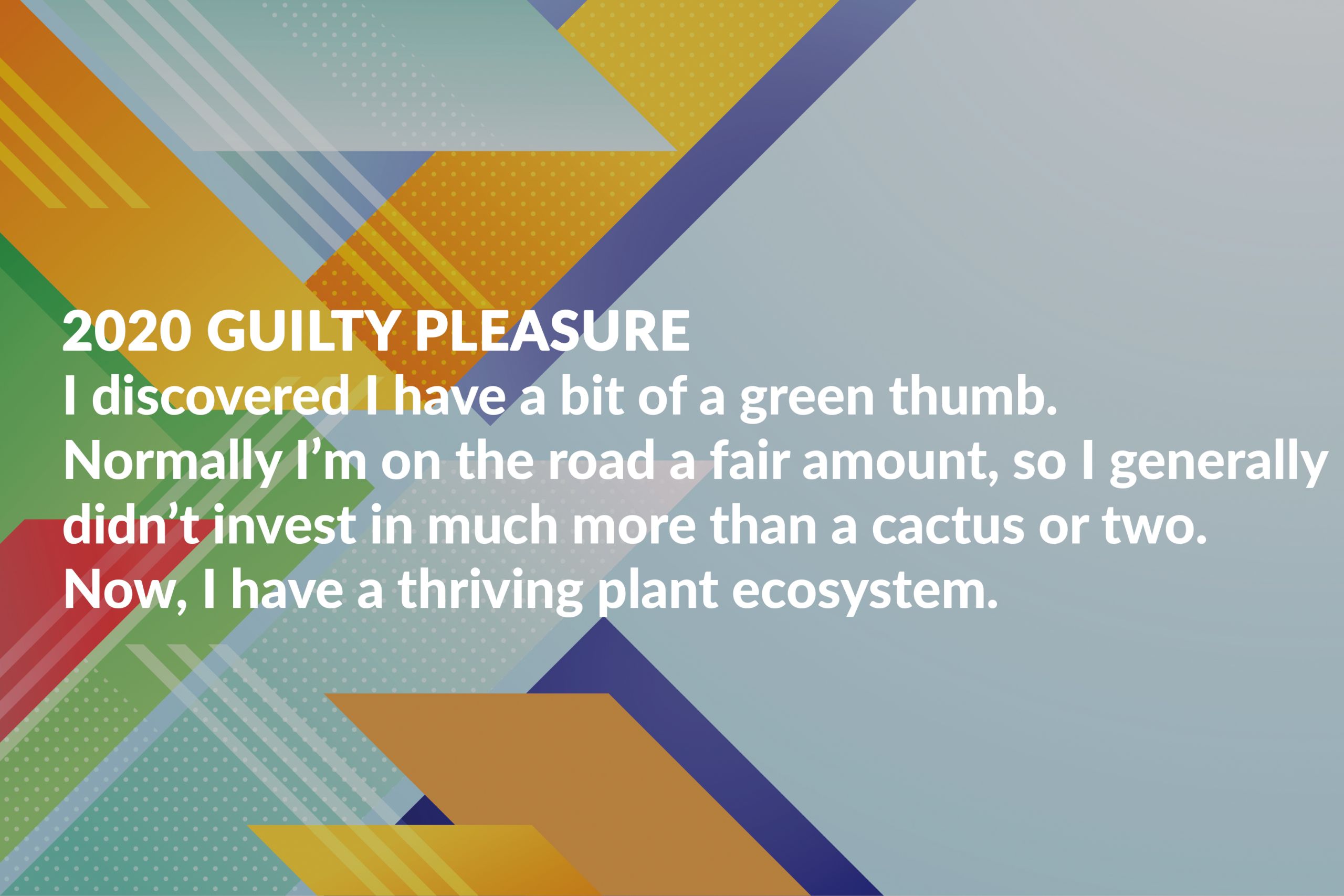
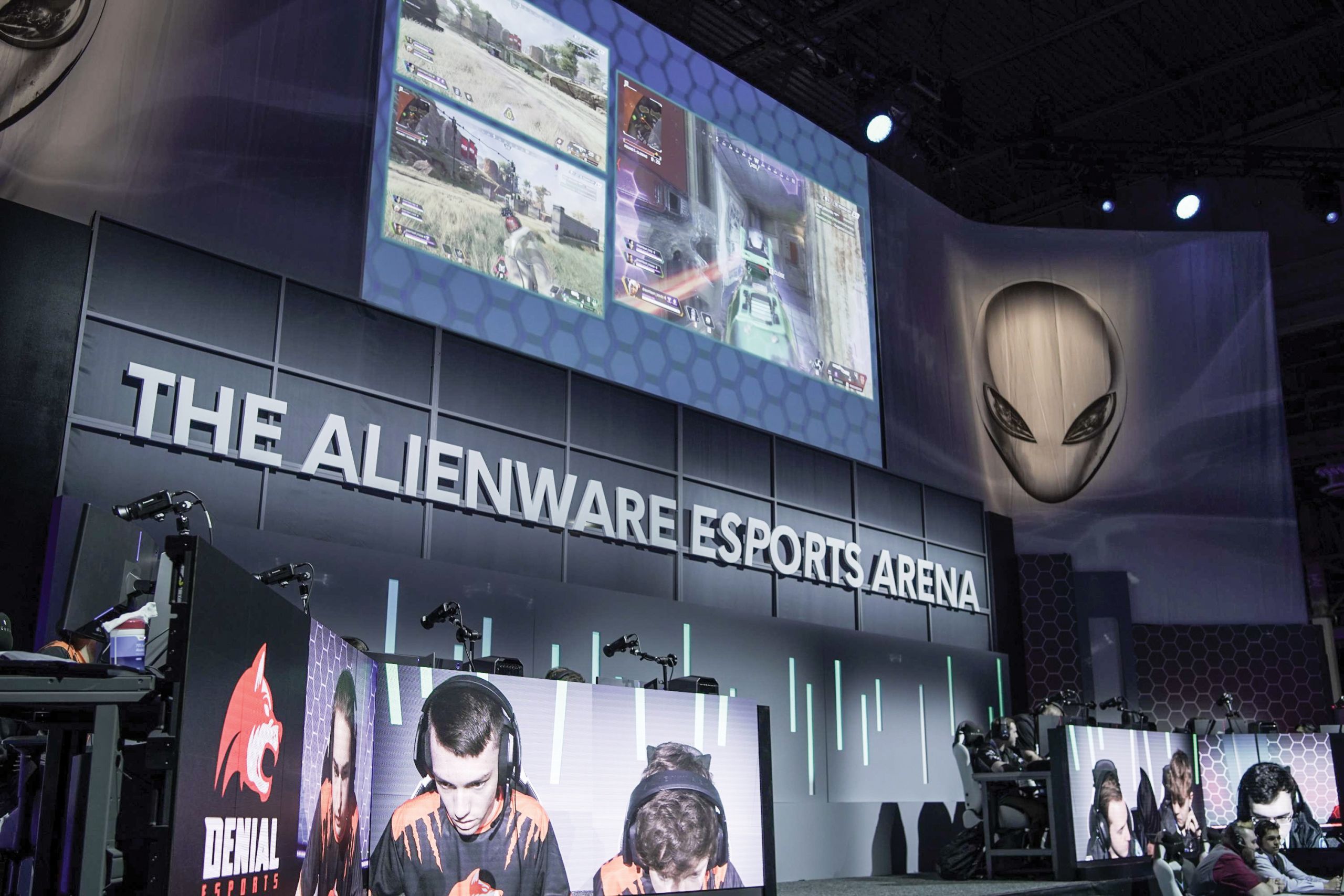
KERRY PRIFTY
Liberty Mutual

CURRENT TITLE: Director, Leadership and
Customer Events
DREAM TEAM TITLE: VP-Event Strategy
WHY WE WANT HER: Her event-tech savvy has driven innovation across internal, leadership and customer programs, breathing new life into mission-critical stakeholder experiences.
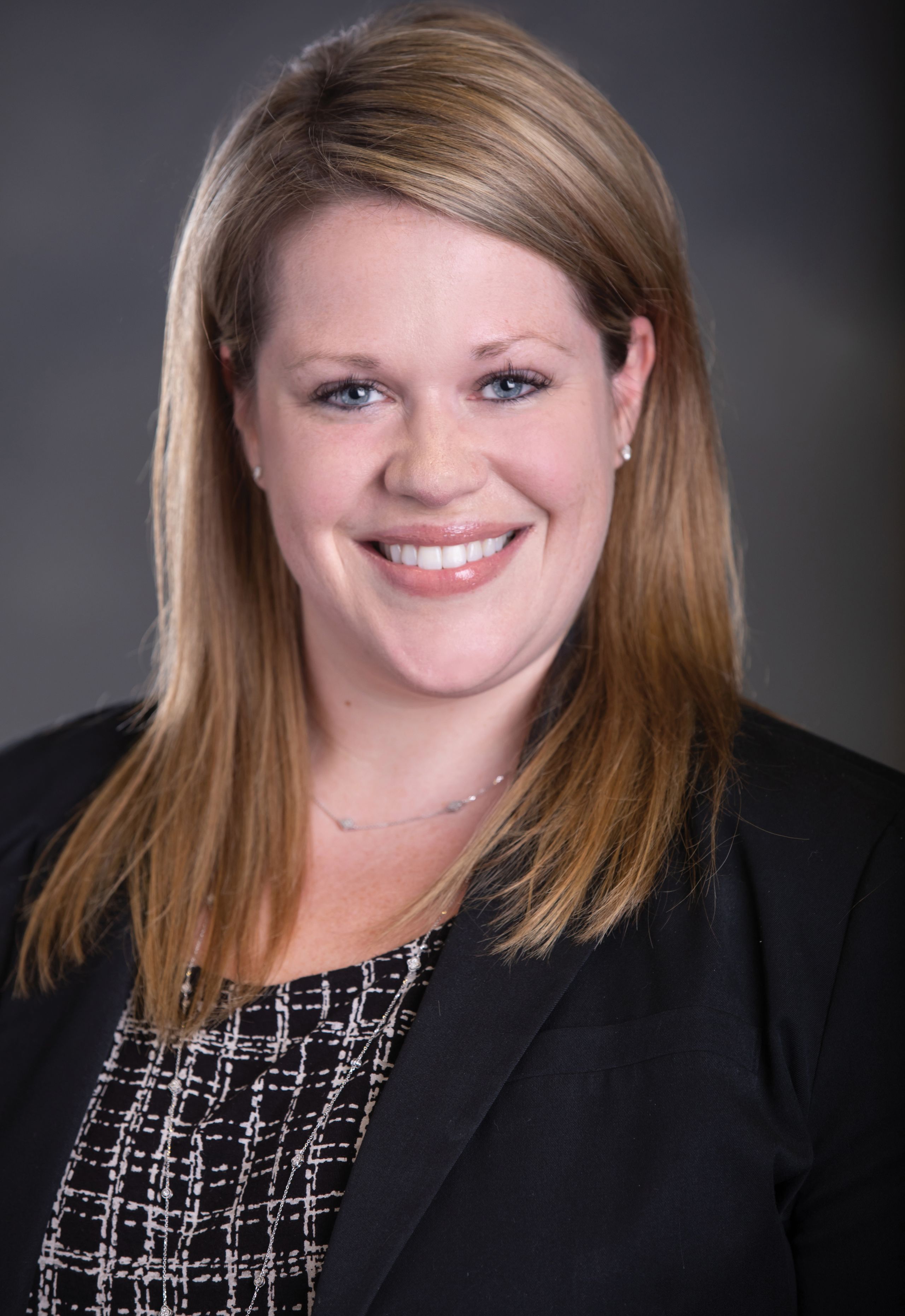
Event Marketer: What will b-to-b attendees expect from events in a post-pandemic world?
Kerry Prifty: We have gone from having attendees be these passive observers that we navigate through our event programs to these active participators. So they want to be part of the process. They want to co-create, help craft the content. And we’re seeing this infusion of tech. So we can use that for engagement and participation. Education and networking are still drivers, but I think how attendees engage with these elements is evolving. I think successful programs will find innovative ways to deliver the content to them.
EM: What are the biggest challenges facing b-to-b marketers right now?
KP: Uncertainty is really the biggest thing that’s impacting our team right now. I think we inherently know the behavior of our audience, and that helps us create the right approach in making decisions. But there are so many questions we’re asking ourselves now, like what will the mix of in-person and virtual attendees be, how long will we need to implement these COVID protocols? And just not to lose sight of the attendee sentiment. Are they comfortable attending in the environment we're creating for them, or on the partner side, how quickly can our partners ramp up? Do they have the staff to support our programs that are coming? So all of those things are challenging to deal with.
"We’re looking for cases where we’re going to use hybrid as a tactic with our existing portfolio and just trying to make smart decisions about when and where to implement which tactic."
EM: What was the ‘aha’ moment that made you realize you were in the right industry?
KP: I started out my career as a production coordinator at Jack Morton and my boss there offered me this amazing opportunity to join a team on-site producing an IBM event in India. And it was just eye-opening to step on the ground in India and experience this whole amazing new culture. I think through that event, I saw clearly the connection between events, design and professionally crafting these experiences, and how that can impact the success of the company. That program in particular really stuck with me, and I think about it often as I look back at my career.
EM: Has the industry’s emphasis on diversity and inclusion impacted your event strategies?
KP: It’s impacted us a lot. What I love is that it’s not a fleeting thing. We’ve strategically integrated diversity, equity and inclusion into all aspects of our programming: how we market to our attendees, content, of course, and on the supplier side we’re making a very conscious effort to see if a potential supplier is woman- or minority-owned. It feels really good to see the focus of diversity, equity and inclusion woven into all aspects. I think this is how we believe we can implement long-term change that really will stick.
EM: How has the pandemic changed your approach to building b-to-b experiences?
KP: We’re looking at virtual as a complement to in-person events, which is something we hadn’t really considered for our portfolio in the past. We’re taking some varied approaches based on the objectives. Some of these programs will go back to 100 percent in-person and some won’t. We’re looking for cases where we’re going to use hybrid as a tactic with our existing portfolio and just trying to make smart decisions about when and where to implement which tactic.
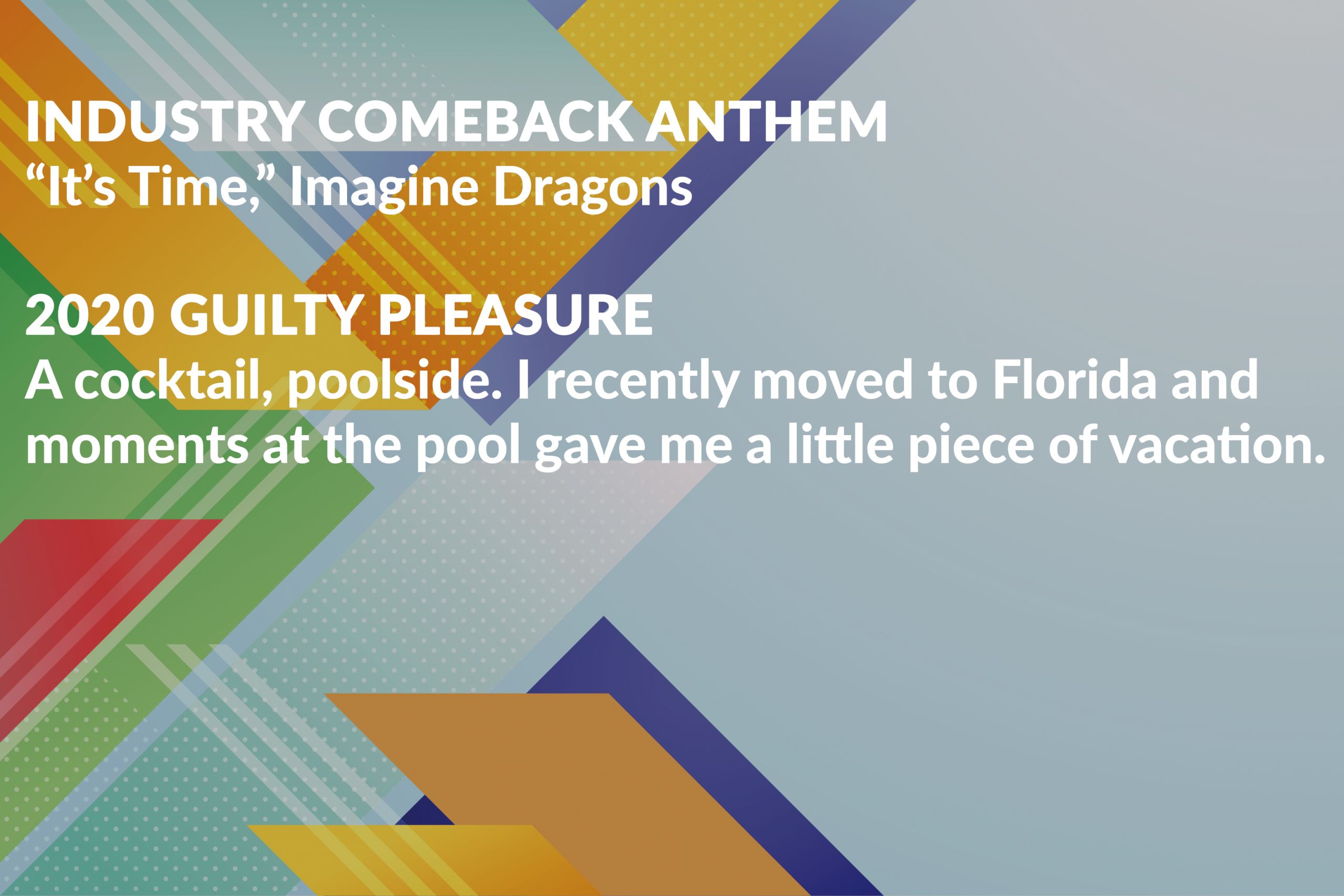
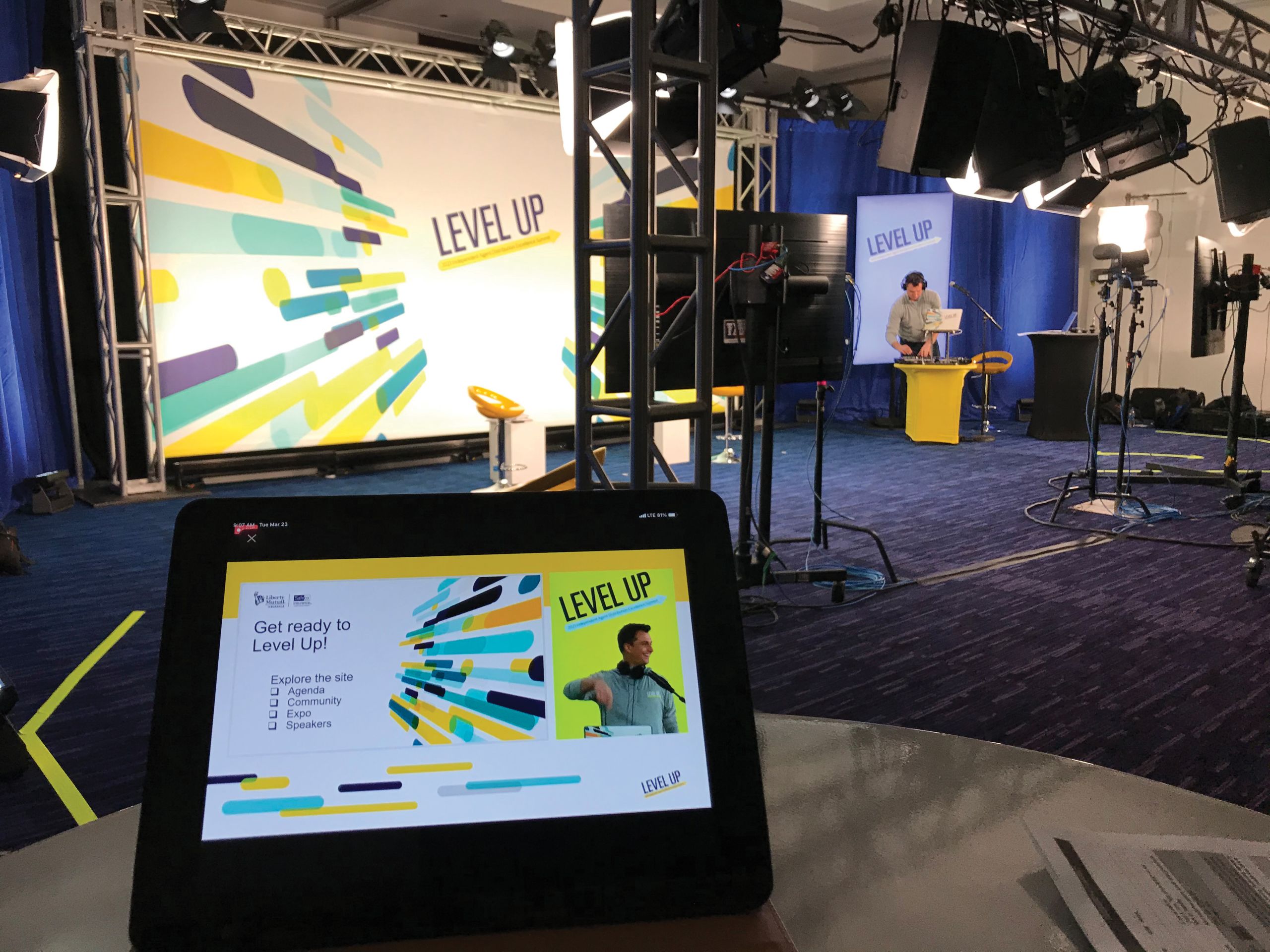
BRYAN MIZELLE
Walmart

CURRENT TITLE: Senior Director of Event
Solutions
DREAM TEAM TITLE: VP-Corporate Events
WHY WE WANT HIM: Rising the ranks at Walmart over the last 30 years, he has the production chops to deploy
large-scale national and global event programs without breaking a sweat.
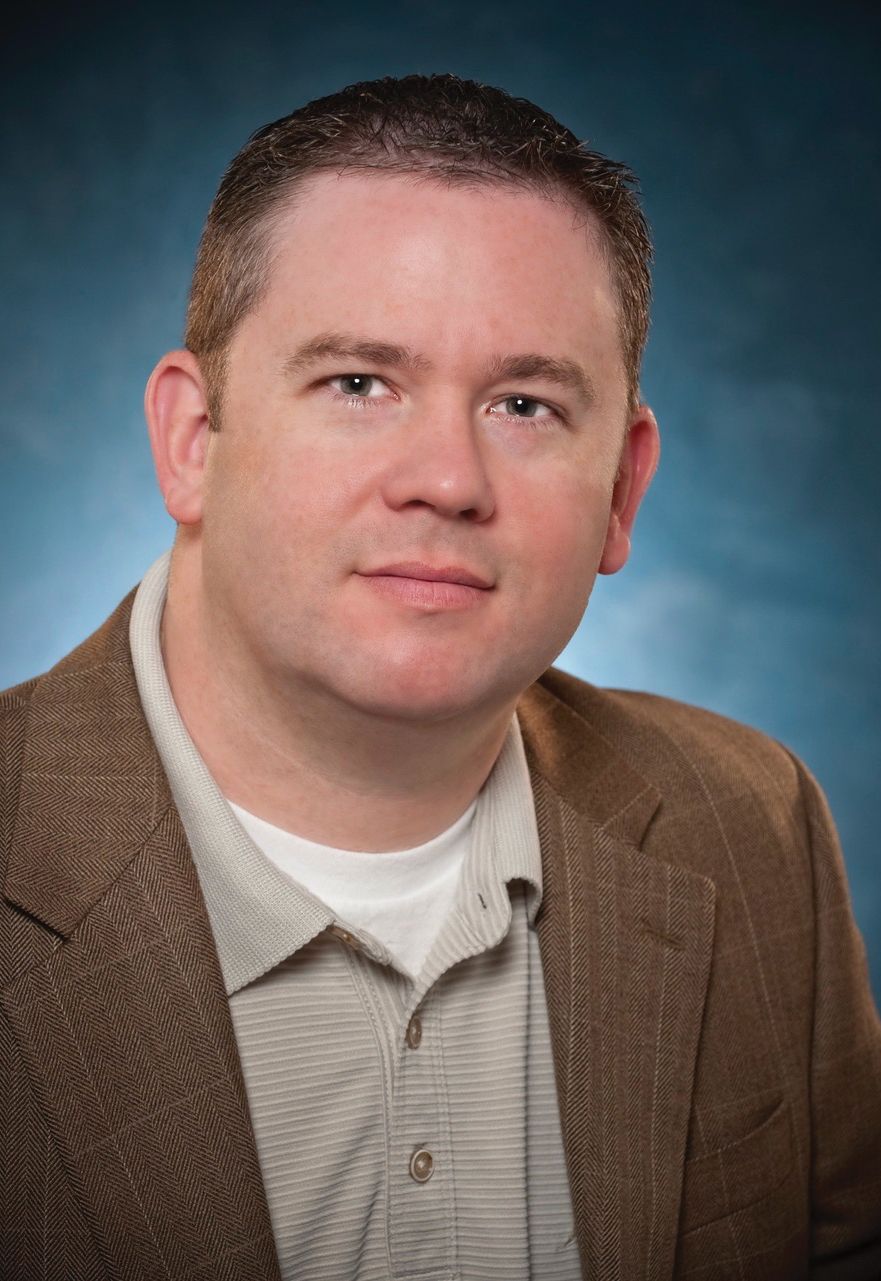
Event Marketer: What is the event program you’re most proud of working on?
Bryan Mizelle: The Walmart shareholders event that happens annually. No question, that’s my favorite event to work on. It’s our largest event of the year. It’s 14,000-ish associates from around the world and it’s really the most special event for me because of the audience, the attendees. A lot of them have never flown before. Most of them are extremely excited to get a chance to come to Northwest Arkansas where Walmart’s headquartered, and the energy and excitement at that event is pretty special.
EM: What are the key lessons you’ve learned about hosting virtual events this past year?
BM: Brevity has become even more important—concise, clear communication. Zoom fatigue is real, so being short and to the point is something that we’ve really focused on. I think how we deliver our events is probably the other lesson. And that has changed dramatically in just one year. If you go back to April of 2020 versus April of this year, the amount of virtual platforms and how they’ve evolved is dramatically different. We didn’t have too many choices early on in 2020, and now there are infinite choices, and they’ve all developed a way to customize and help you deliver your content. So it’s a much better landscape out there if you’re looking for virtual platforms.
"To make people feel involved in what you’re communicating, you just can’t record what you’re going to see at a live event and broadcast it and call it good."
EM: What was the ‘aha’ moment that made you realize you were in the right industry?
BM: I’ve been with Walmart for 30 years. I started in the store management training program and worked my way up to being a store manager, and most of our internal clients or attendees at our events are store managers or Sam’s Club managers. And I feel like I have a unique experience coming from that world because I know the audience’s perspective. It’s really helped me become super fascinated by and understanding of what they want and need out of our events. For me, that was an aha moment when I realized that my background in operations for Walmart prepared me really well for this role in event production.
EM: What are your thoughts on hybrid? Is it the event format of the future?
BM: I do think it’s the format of the future, but I also think it’s probably one of the largest challenges we’ve ever faced planning events. Because to make people feel involved in what you’re communicating, you just can’t record what you’re going to see at a live event and broadcast it and call it good. So the challenge is to deliver something equally as engaging virtually as it is live and in person.
EM: Where are the biggest opportunities for b-to-b marketers right now?
BM: I think it’s the chance to start fresh with a clean slate. You do have an excuse not to do things the way that you’ve always done them. We can think more broadly and differently about how we bring people together or deliver messages or serve meals or any of a number of things. We get to reinvent a new way of doing things. I think that’s exciting.
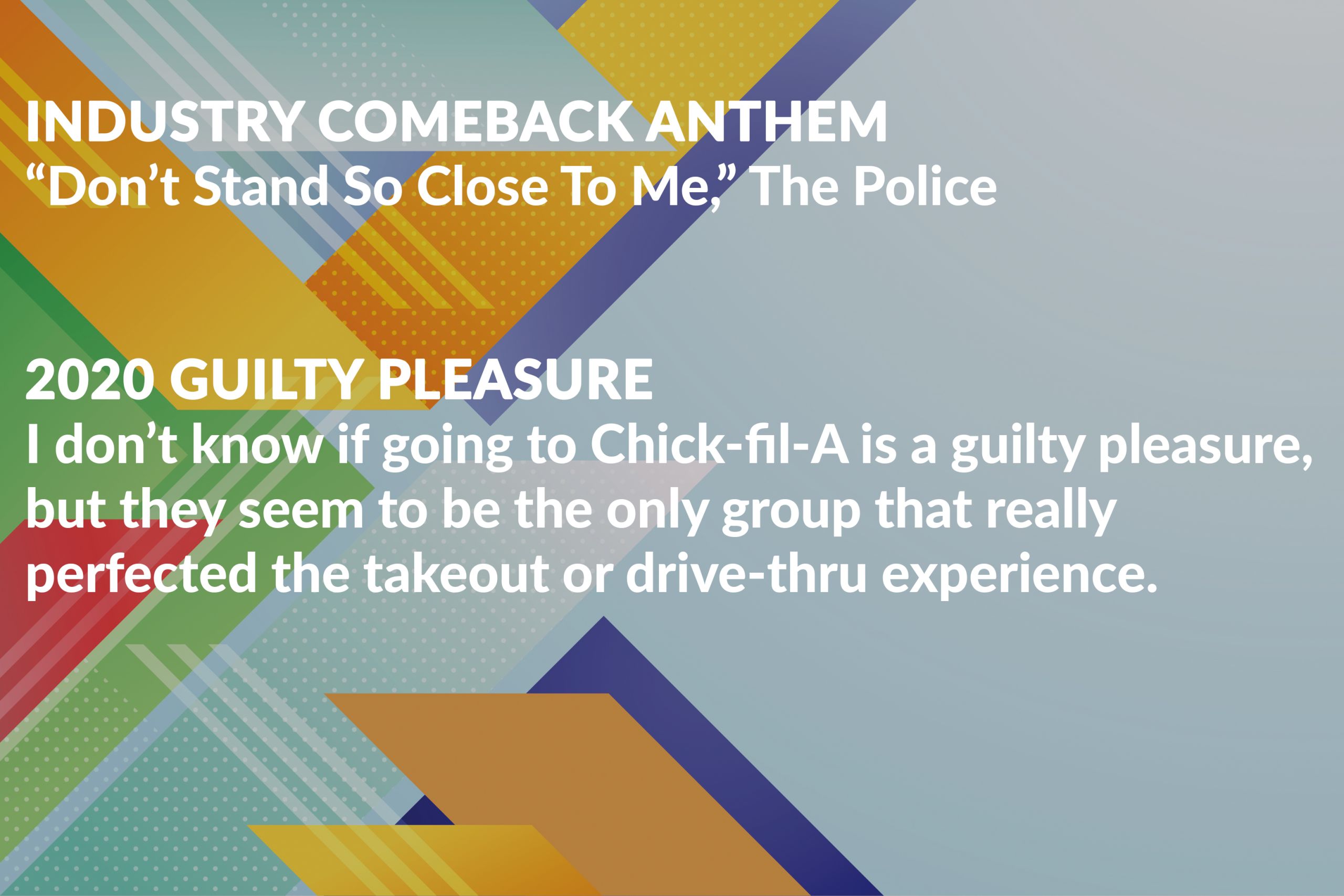

JACKIE BURKE
Constellation Brands

CURRENT TITLE: Senior Director, National Accounts Marketing Off-Premise
DREAM TEAM TITLE: Executive Director-Omnichannel Marketing
WHY WE WANT HER: Nimble is her middle name. When trade show activity came to a halt in 2020, she seamlessly pivoted her team to the in-store selling and e-commerce side of the biz.
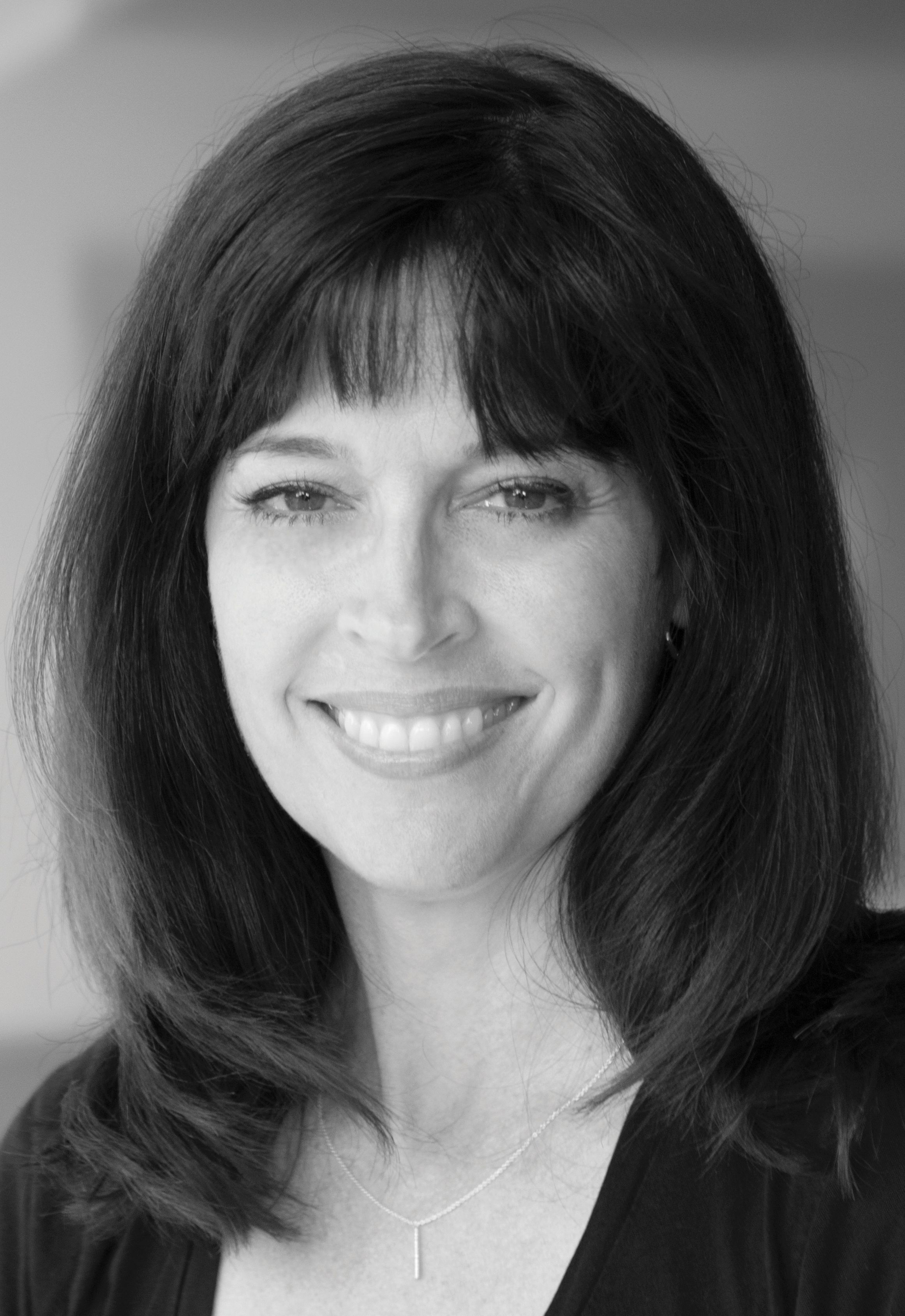
Event Marketer: How has your role as an event marketer changed throughout your career?
Jackie Burke: I’ve held roles on the supplier side, in sales and in marketing—brand marketing and then trade marketing. I’ve also held roles on the agency side. So my role has evolved quite a bit. When you’re in sales and you’re at an event, you’re using that as a networking event, as a sales tool. When you’re in trade marketing, or even on the agency side in more junior roles, you’re building the booth, you’re flushing out the tactics, you’re just knee-deep in that tactical component. And where I am now, I have the privilege of being able to step back and help guide things a little bit more and watch the team develop the show, and meet with the sales team and the marketing team to bring it all together so all the components work. So I’m really able at this point to step back and help orchestrate things, which is very enjoyable.
EM: What will b-to-b attendees expect from events in a post-pandemic world?
JB: We’re assuming that people are going to expect more from the exhibitors from a safety perspective—enough room for physical space, being clean. I also think people are expecting a little bit more sustainability. There can be a lot of waste at a show, so having those exhibitors be mindful of that. And then even the DE&I piece at the show. I think pandemic or not, attendees are just expecting more out of their suppliers. And they should.
"I’m most proud of what we are working on that will launch in October because we have the resources and the vision in place to really bring our portfolio of brands to life for our retail partners."
EM: How do you see events becoming less wasteful and more sustainable?
JB: Our retailers are headed down that path and they’re demanding that we head down that path. And we are also striving to be sustainable, so it’s coming from both ends. It’s part of what we’re selling; we have to walk the walk. And we’re buying sustainable swag, focusing less on that leave behind. If it’s not something that we think someone really wants or is going to use, we’re just not going to do it.
EM: What is the event program you’re most proud of working on?
JB: I think that the proudest moment has yet to come. We’re in the process of redesigning our [National Association of Convenience Stores] show. We have one footprint that we use for a couple of different shows and it was supposed to go live last year and it was pushed back due to COVID. But we really revamped our booth, taking all the learnings from the past handful of years and pulling it all together to just an elevated activation. So I’m most proud of what we are working on that will launch in October because we have the resources and the vision in place to really bring our portfolio of brands to life for our retail partners.
EM: Where are the biggest opportunities for b-to-b marketers right now?
JB: I think the biggest opportunity is a hybrid approach. We’re going to have some activation in shows, which gives us that in-person interaction, but then it’s supplementing it. I think we’re going to find ourselves with more follow-up via webinar or more follow-up with video content. We’re going to see some stickiness to video and web-based engagement.
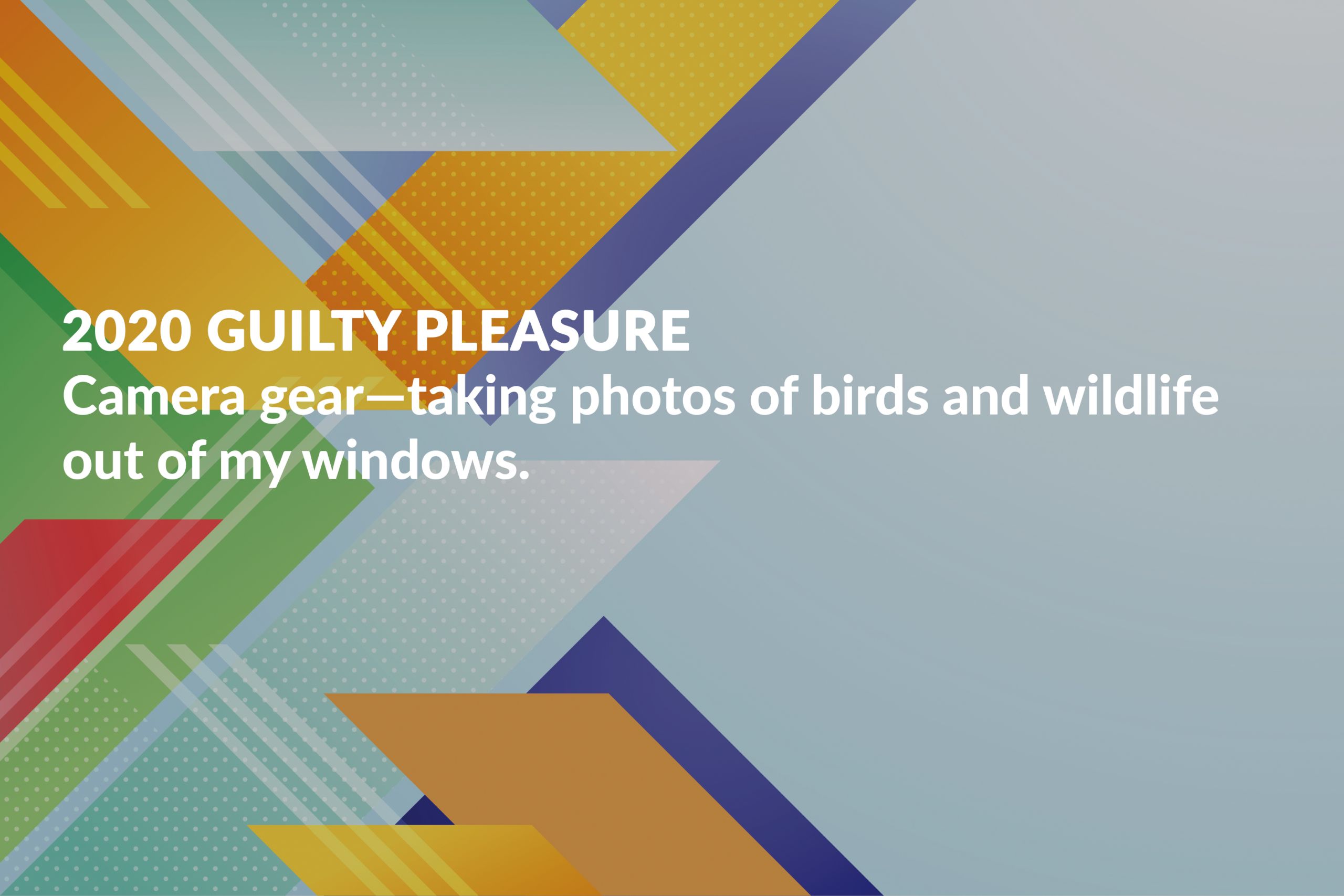
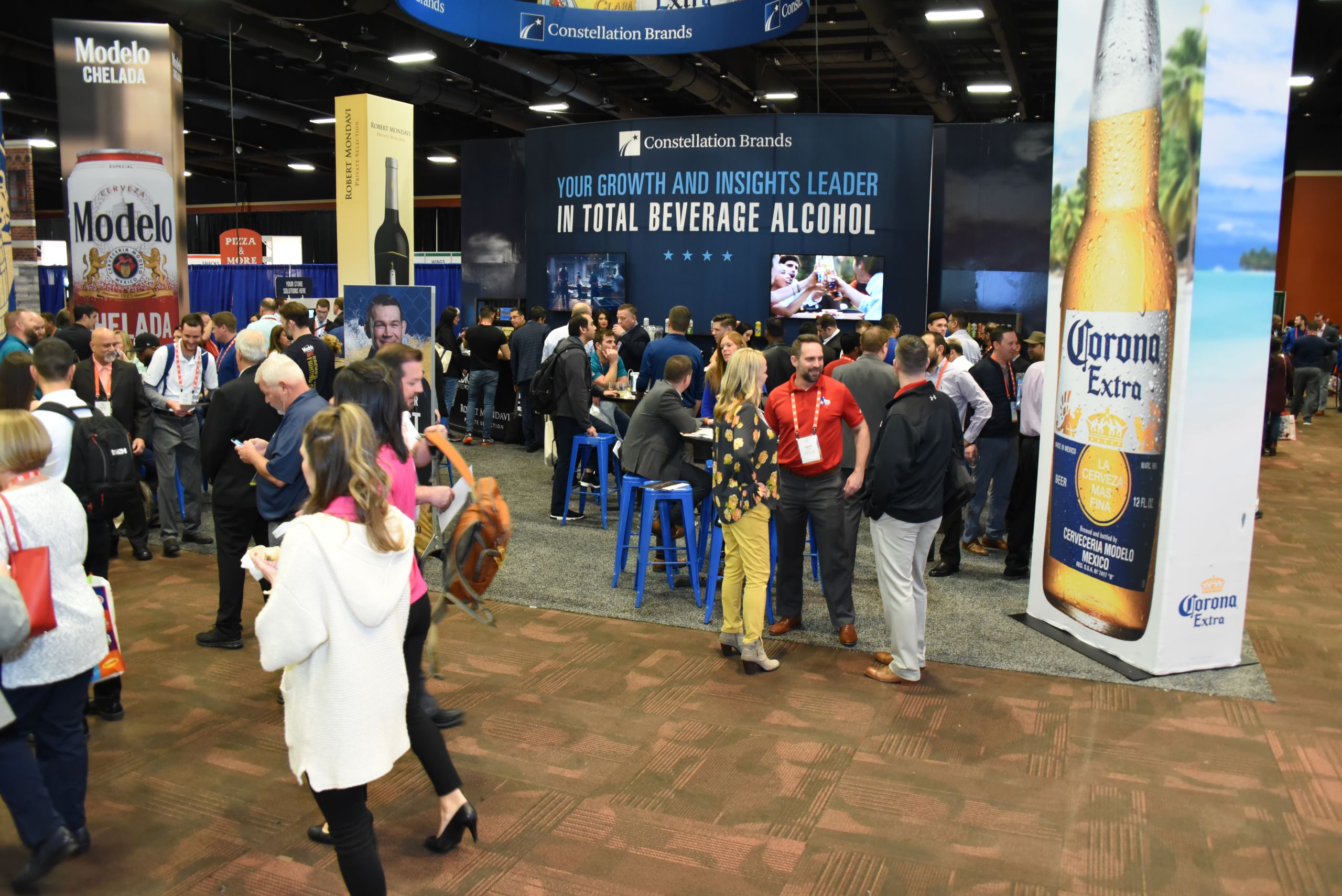
LAURA BARTLEY
Mohawk Industries

CURRENT TITLE: Senior Director of Marketing Communications and Events
DREAM TEAM TITLE: Executive Director-Customer Experience and Communications
WHY WE WANT HER: She led the charge on the Mohawk Momentum Roadshow, one of the first true hybrid events of 2021, breaking records and permanently altering the brand’s event strategy along the way.
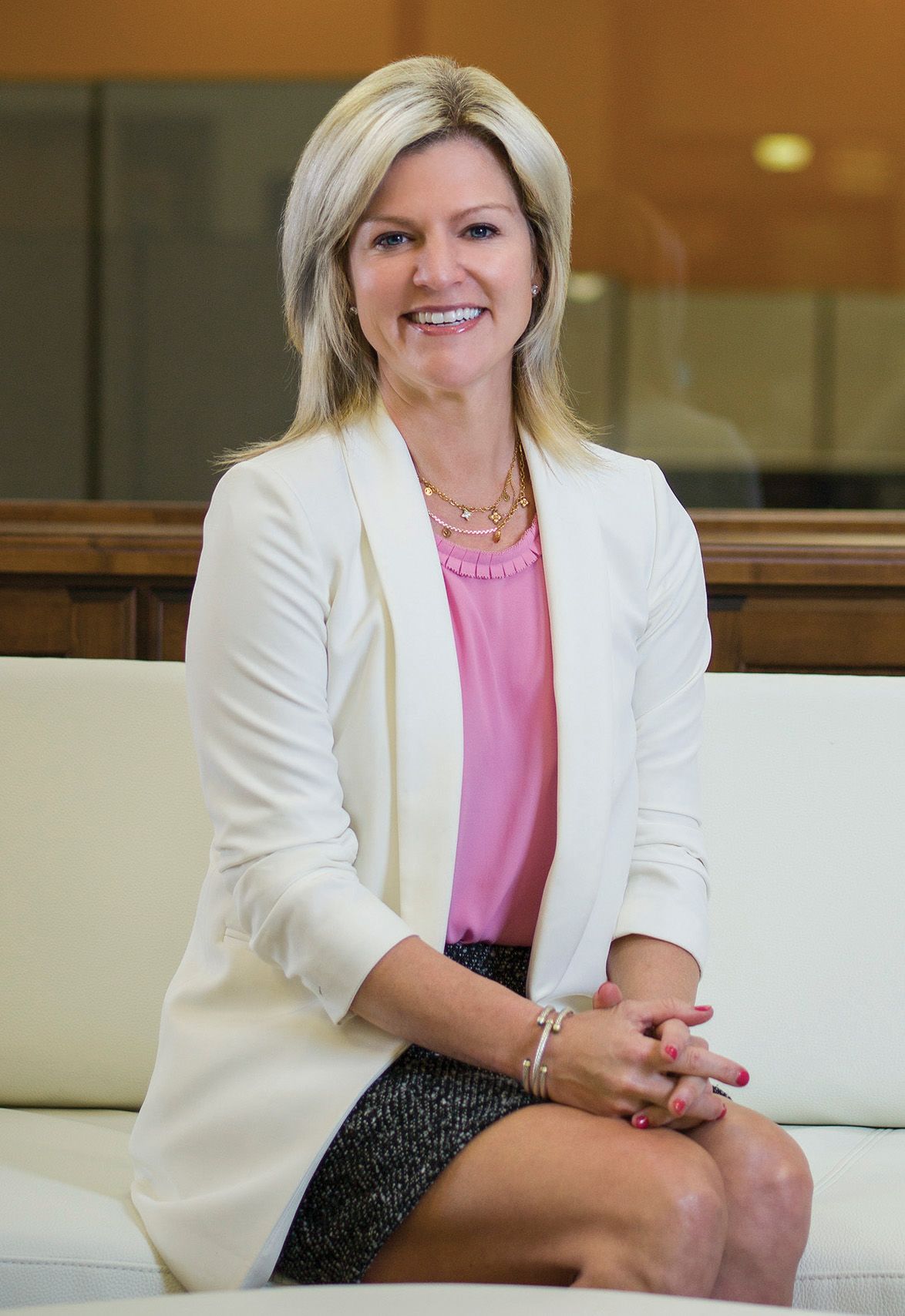
Event Marketer: What is the event program you’re most proud of working on?
Laura Bartley: Hands down, that would be the Mohawk Momentum Roadshow, four events that we just finished in the middle of a pandemic. The opportunity to work on that team, to build our own safety protocol and then to determine how to create a meaningful and safe in-person experience for our customers during a pandemic was certainly a once-in-a-lifetime opportunity.
EM: How has the pandemic changed your approach to building b-to-b experiences?
LB: We learned some specific practices that are just more efficient for events. A great example would be setting customer appointments at our shows, which gave our leadership the opportunity to interact on a much more personal level with our customers in every region of the country. It provided a more one-on-one interaction and a more quality experience, not just for our customers, but for our employees as a whole. And we’re looking at doing that in our large show coming up in December, staying on that appointment platform.
"Thinking harder in general about the way we show products and the type of show experience that we create has never been more important than it is now. "
EM: What are your thoughts on hybrid? Is it the event format of the future?
LB: They are our format for the future, for sure. When we realized that each of our four roadshows in January and February were going to fill to capacity, we made the decision to create a virtual showroom on our first stop in Dallas. It gave our customers the option to virtually tour the Momentum Roadshow showroom from anywhere, and it was the largest product launch in our history. So to be able to extend that opportunity to everyone no matter where they are or what their comfort level is with traveling is important.
EM: Where are the biggest opportunities for b-to-b marketers right now?
LB: Thinking harder in general about the way we show products and the type of show experience that we create has never been more important than it is now. For flooring in particular, our customers want to touch the product. So we worked to bring our brands and our stories to life with product features that clearly communicated the attributes without necessarily inviting our customers to touch them on those roadshows. The show experience meant more today than it did a year ago. I think we realized that it’s a privilege to be in a room with our customers and to have their undivided attention and time. So we really need to think about how we utilize that time.
EM: How has your role as an event marketer changed throughout your career?
LB: When I was 22, just out of school, I traveled the country for US Xpress Enterprises hosting driver appreciation events for million-mile drivers. It’s funny because 20 years later, I have more experience in planning large-scale conferences and industry events, but I would say the one thing that hasn’t changed is that love and passion for the b-to-b audience. I love the flooring industry. I love that challenge of connecting with that particular b-to-b audience and the ability to make that connection, and planning a meaningful event only gets better with time.
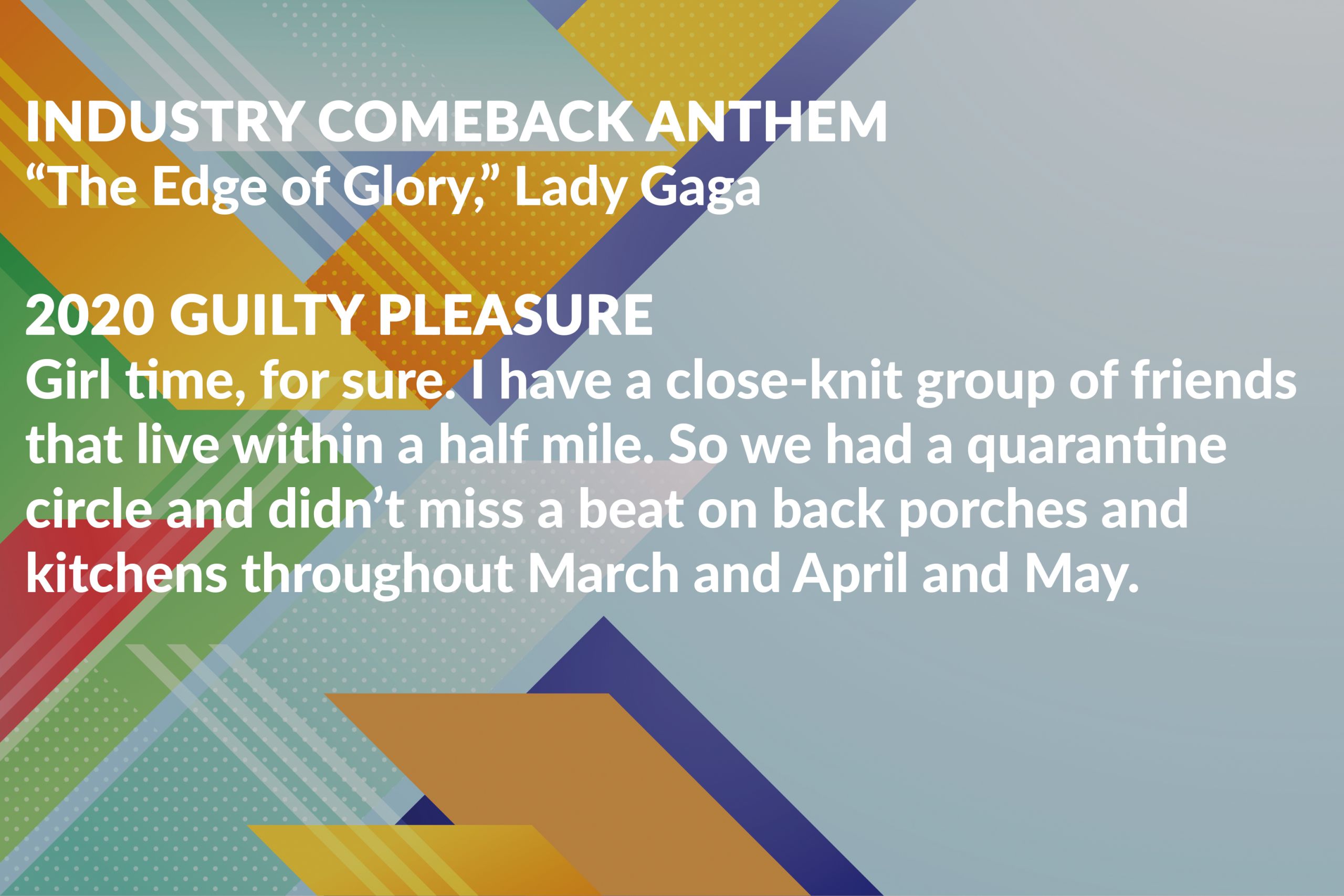

ANGELA BAER
Caterpillar

CURRENT TITLE: Senior Event Planner
DREAM TEAM TITLE: Director-Event Operations and Logistics
WHY WE WANT HER: She’s an authority on transforming static event environments into interactive playgrounds that provide a whole new dimension for product demonstrations and business transactions.
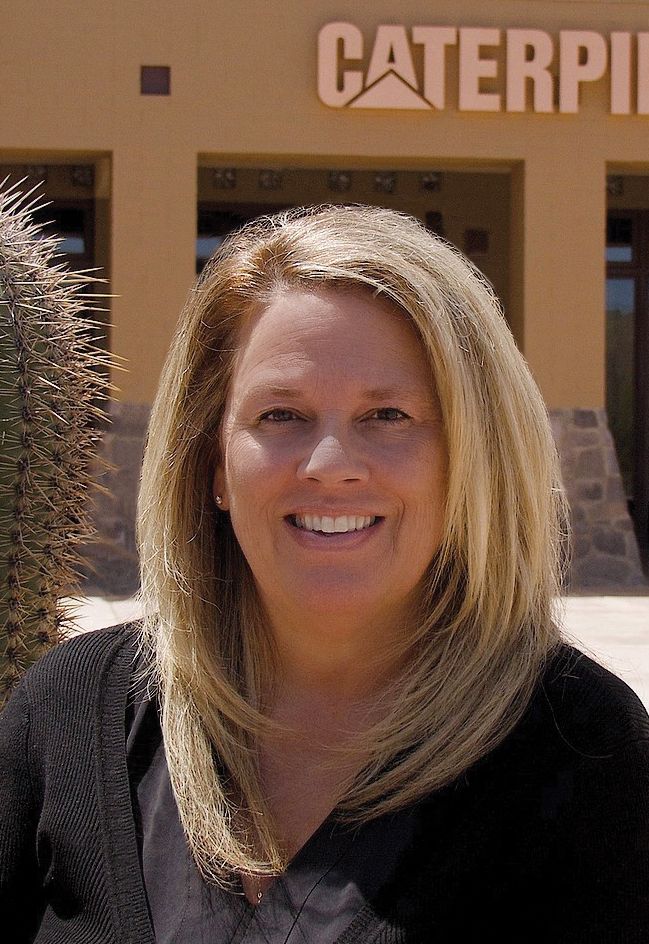
Event Marketer: What was the ‘aha’ moment that made you realize you were in the right industry?
Angela Baer: I’ve been in the industry before Caterpillar in smaller roles at venues and hotels. When I started working for Caterpillar, I realized it was a perfect fit for my personality and my abilities. I feel, especially for me, this job is as much about people management as event management.
EM: How has your role as an event marketer changed throughout your career?
AB: When I first started out, it was more about meetings in a cold room, a cocktail reception, some poster boards, and stick the machines in a ballroom and call it a day. Now it’s more about the whole experience starting with the branding in the registration website, to the machines being incorporated into more of an interactive experience.
EM: Where are the biggest opportunities for b-to-b marketers right now?
AB: I think we’re able to reach a larger audience due to everyone realizing you can present great content virtually. People are willing to be engaged in the event, even if they don’t travel for it. They’re excited to be able to balance work life and be a part of these events and not feel like they have to travel to something. We have discovered that there is a way to do both.
"I feel, especially for me, this job is as much about people management as event management."
EM: How has the pandemic changed your approach to building b-to-b experiences?
AB: Almost everything has been virtual, right? Our clients and our internal teams are working really hard to bring a more dynamic experience to the virtual world instead of just staring at your computer all day long. For example, our Demonstration Learning Centers are doing virtual machine demos. So you can watch [the machines] and you can still have that creative experience. People can’t be expected to sit all day in a classroom style at this point. We try to make it a fun experience, with live polling, virtual games or pre-event swag.
EM: Has the industry’s emphasis on diversity and inclusion impacted your event strategies?
AB: We’ve always had the goal to reach farther and faster in that area, acknowledging a person’s religious needs, healthy initiatives, being more accommodating of working parents. We like to celebrate the many cultures that make up the Cat family. It can be as simple as asking what your dietary restrictions are, to building an event that celebrates the customer—it’s not always about the focus of the dealer or the buyer of our equipment, but the people that use that equipment, the guys and girls in the dirt.
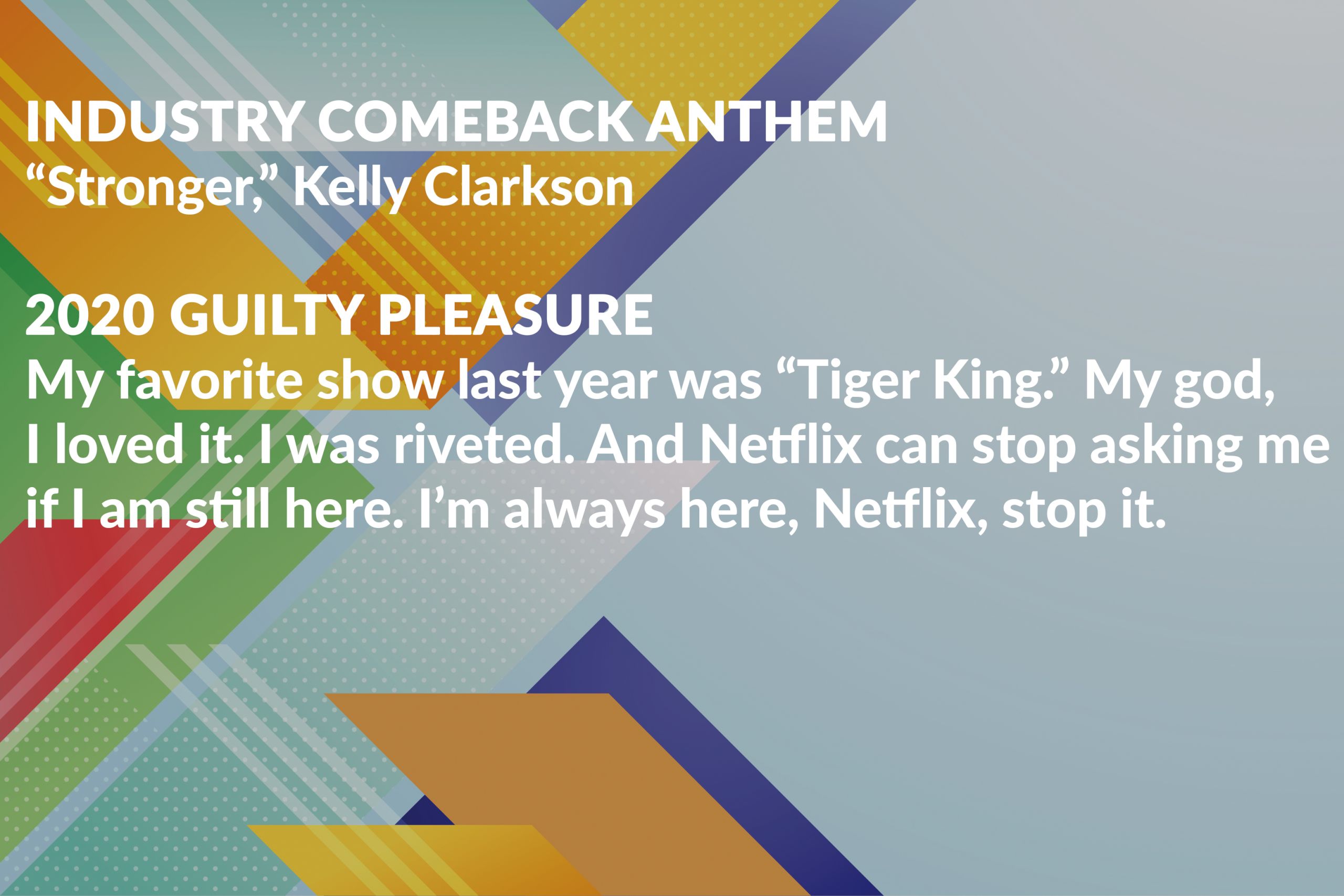
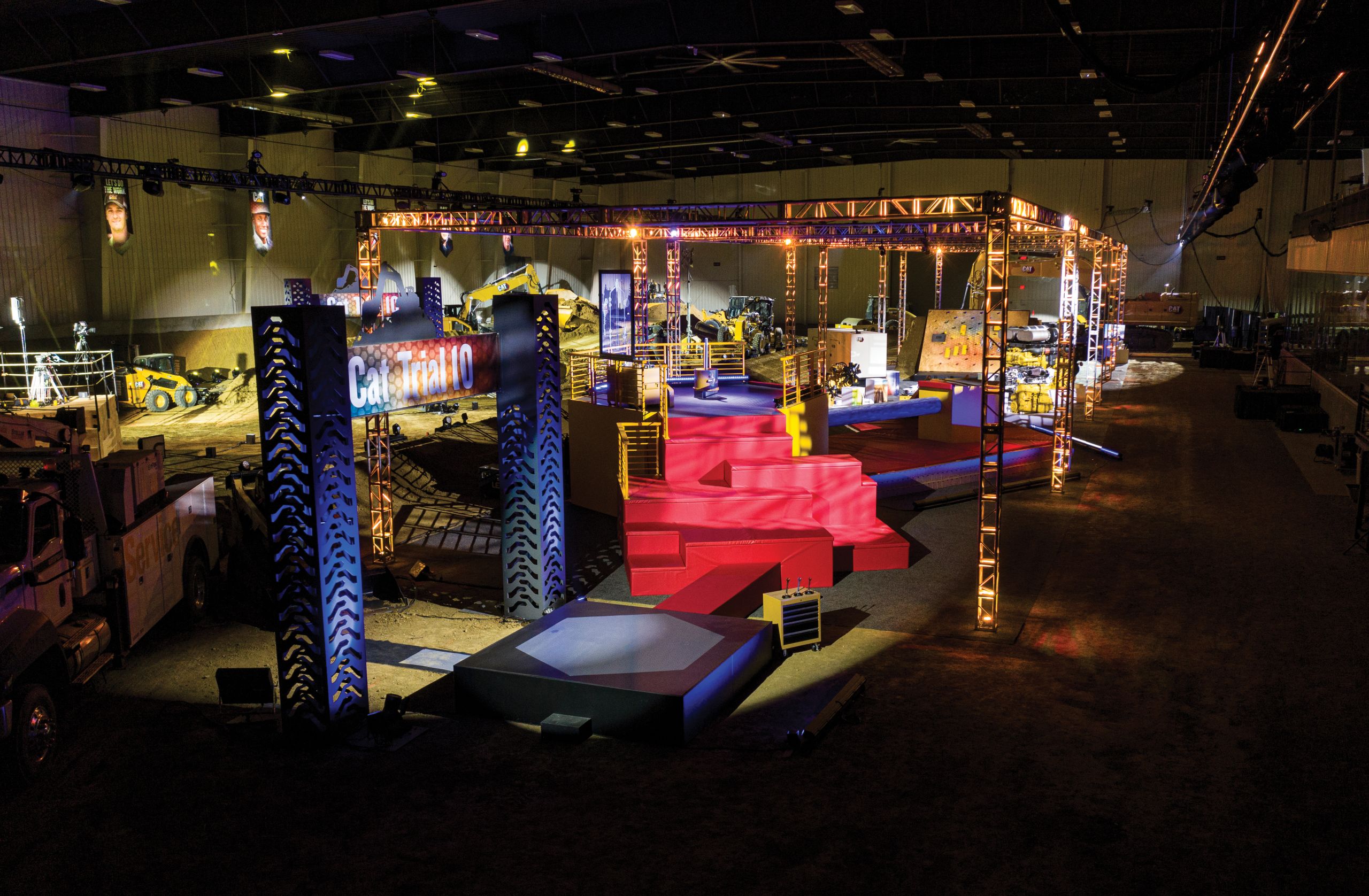
Interested in the 2022 B-to-B Dream Team? Sign up here to be notified when our call for submissions opens.
Access the Dream Team Archives:
- Introducing the 2020 Dream Team… The Sharpest Minds in B-to-B Events
- Introducing the 2019 Dream Team… The Sharpest Minds in B-to-B Events
- Introducing the 2018 B-to-B Dream Team… The Industry’s Most Valuable Players
- Special Report: The 2017 B-to-B Dream Team
- Special Report: The 2016 B-to-B Dream Team


